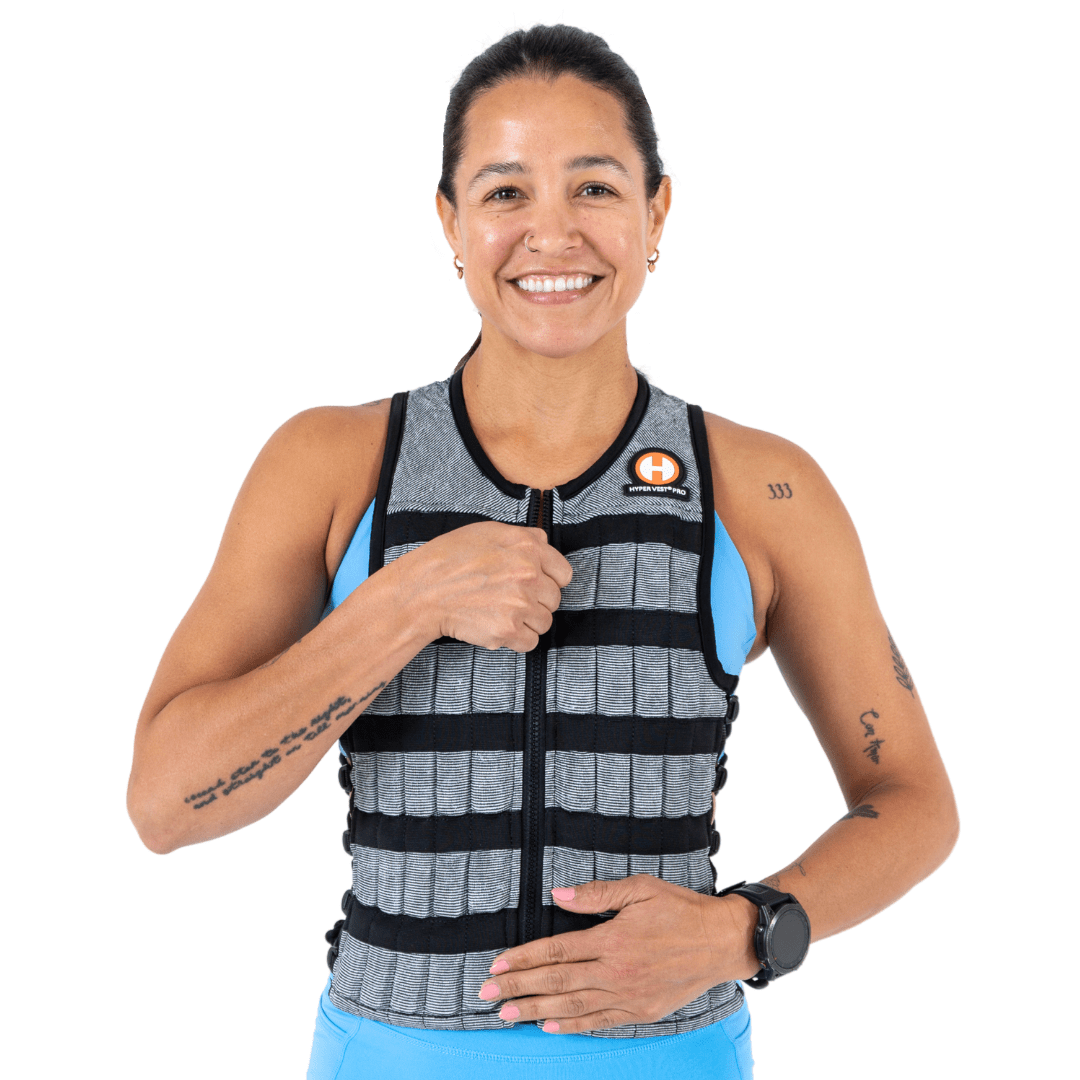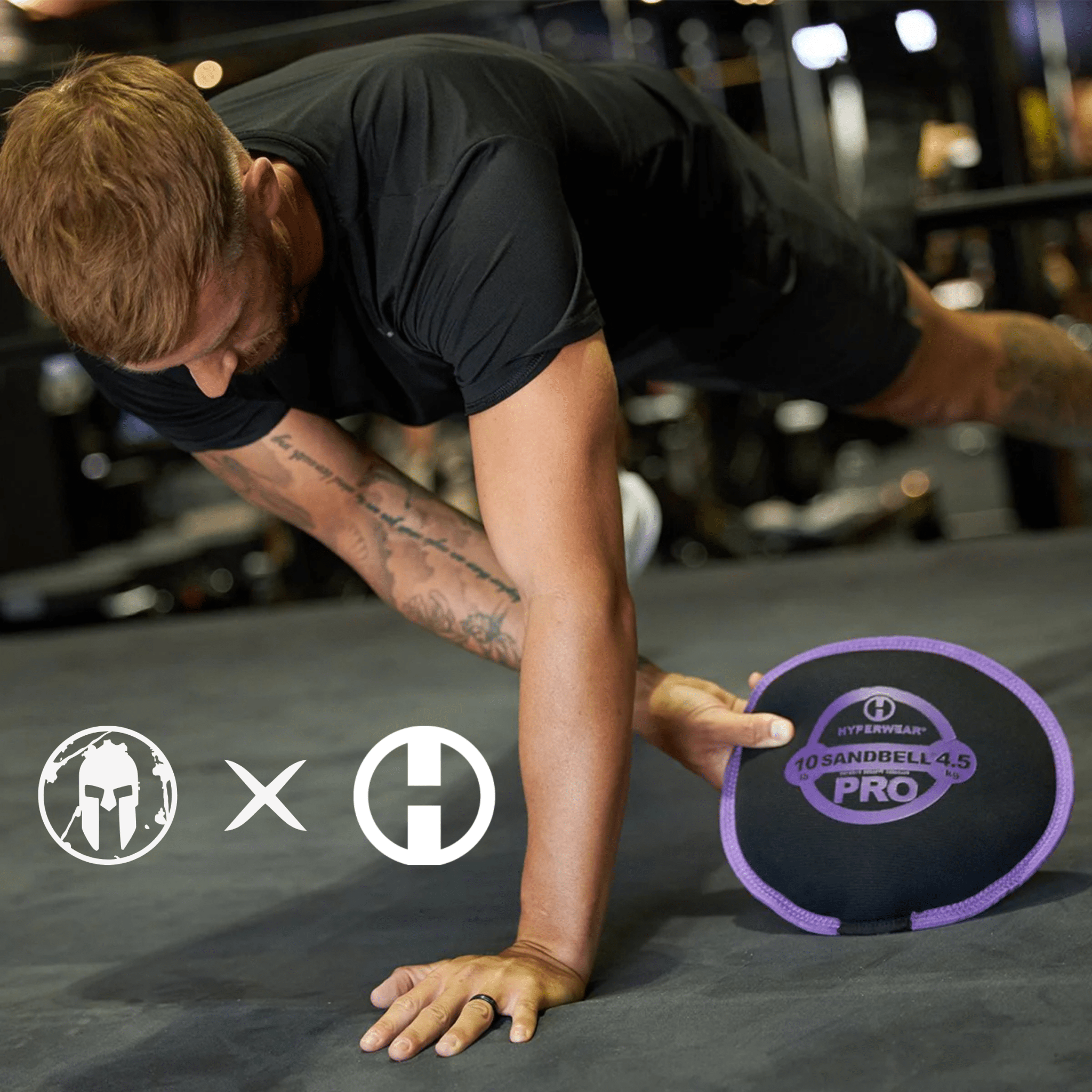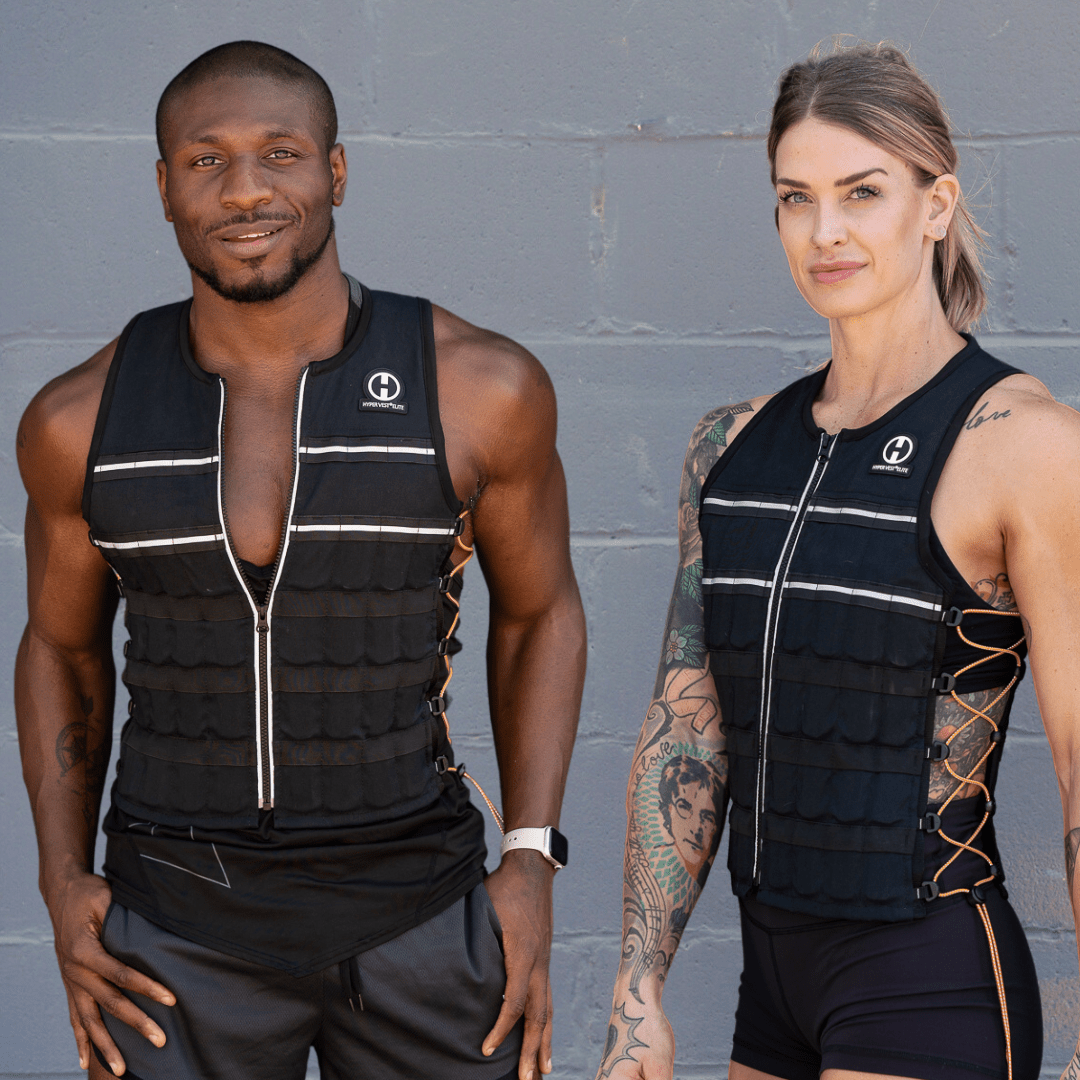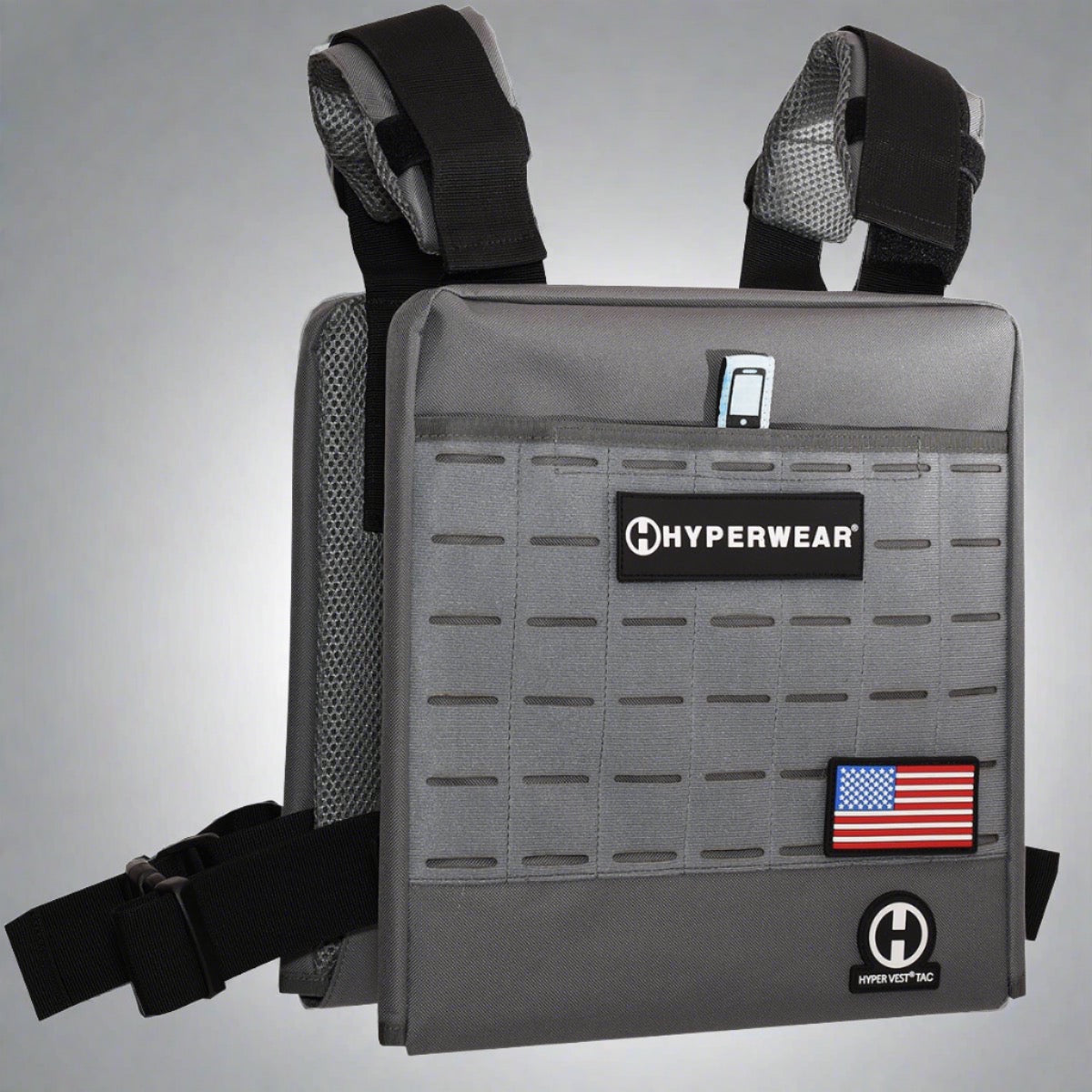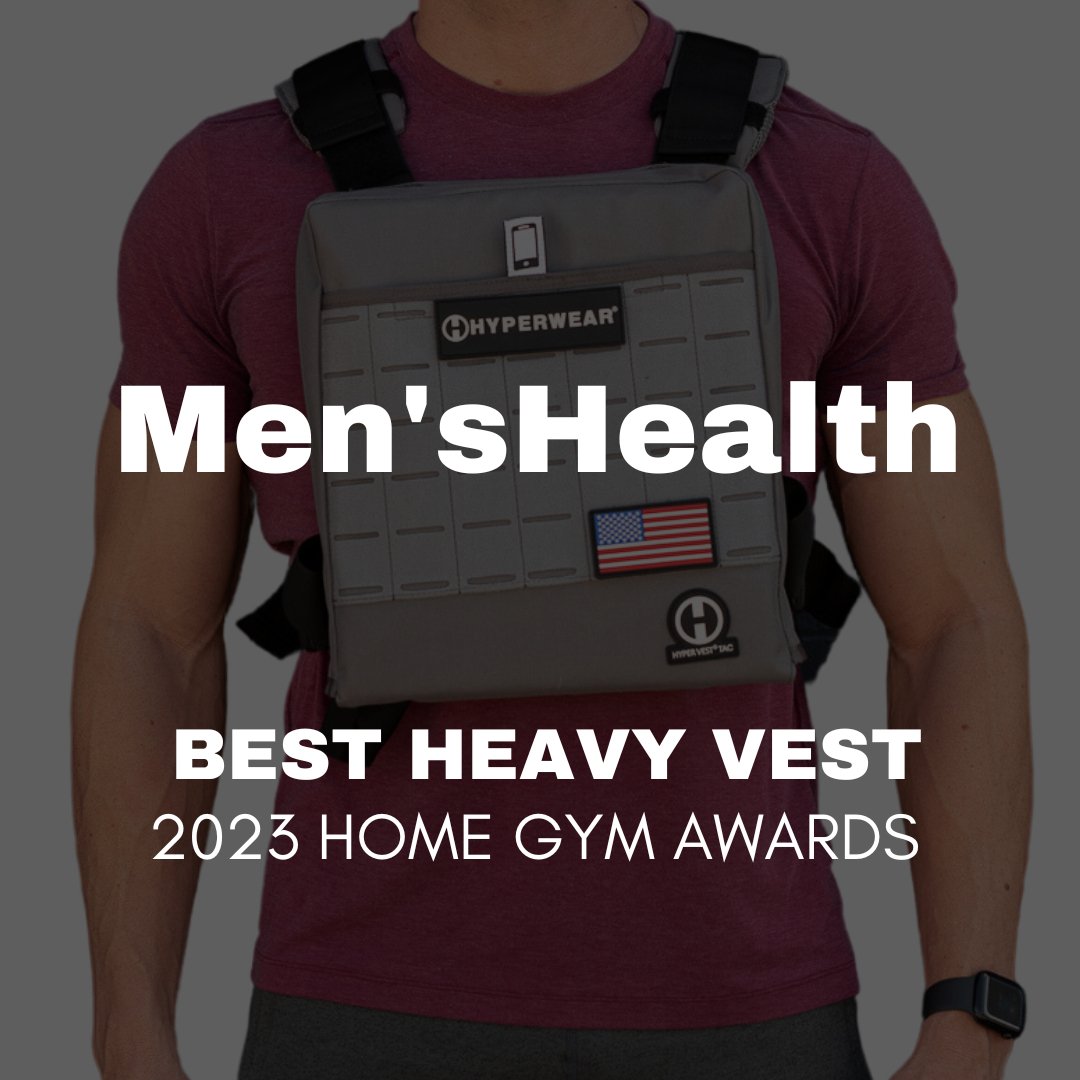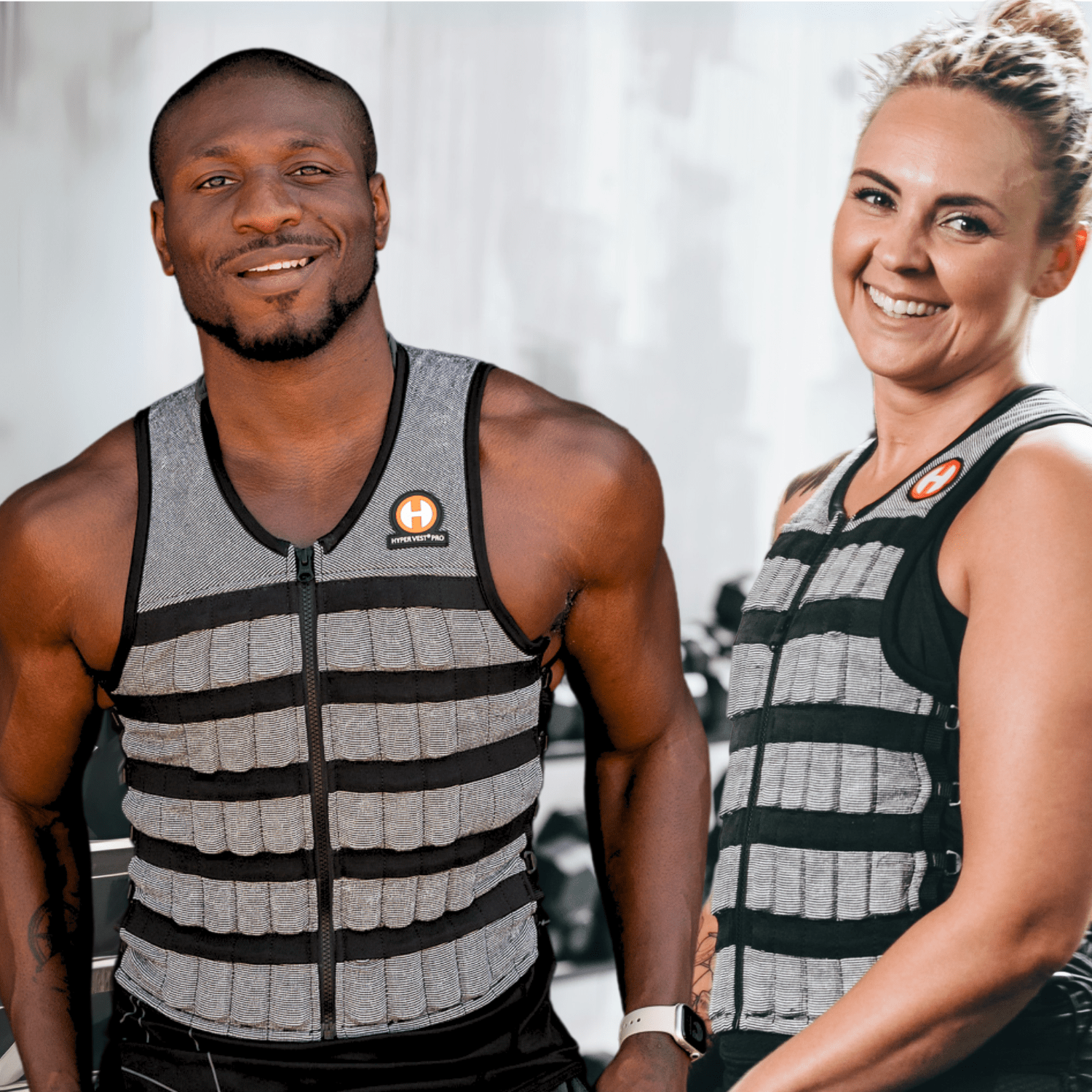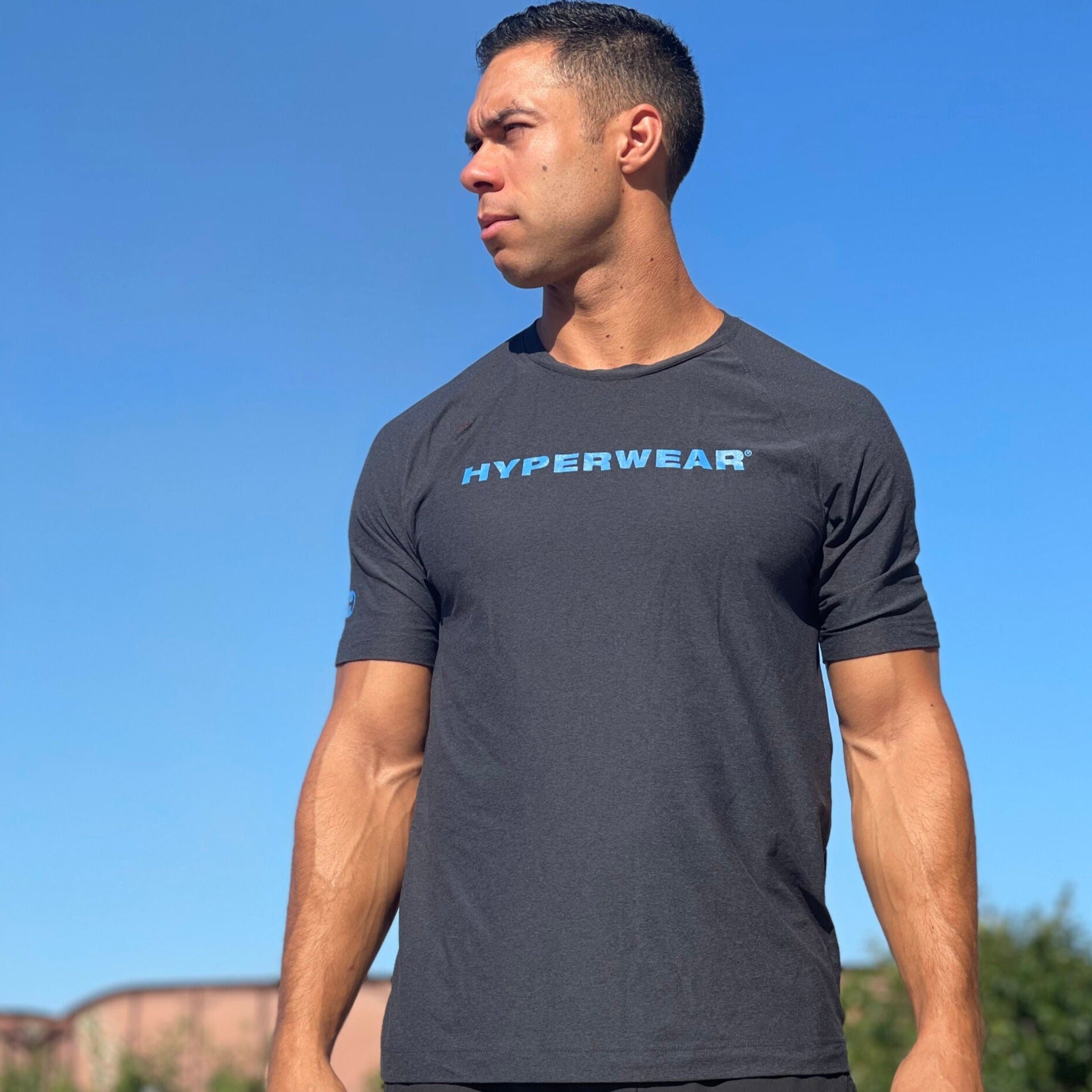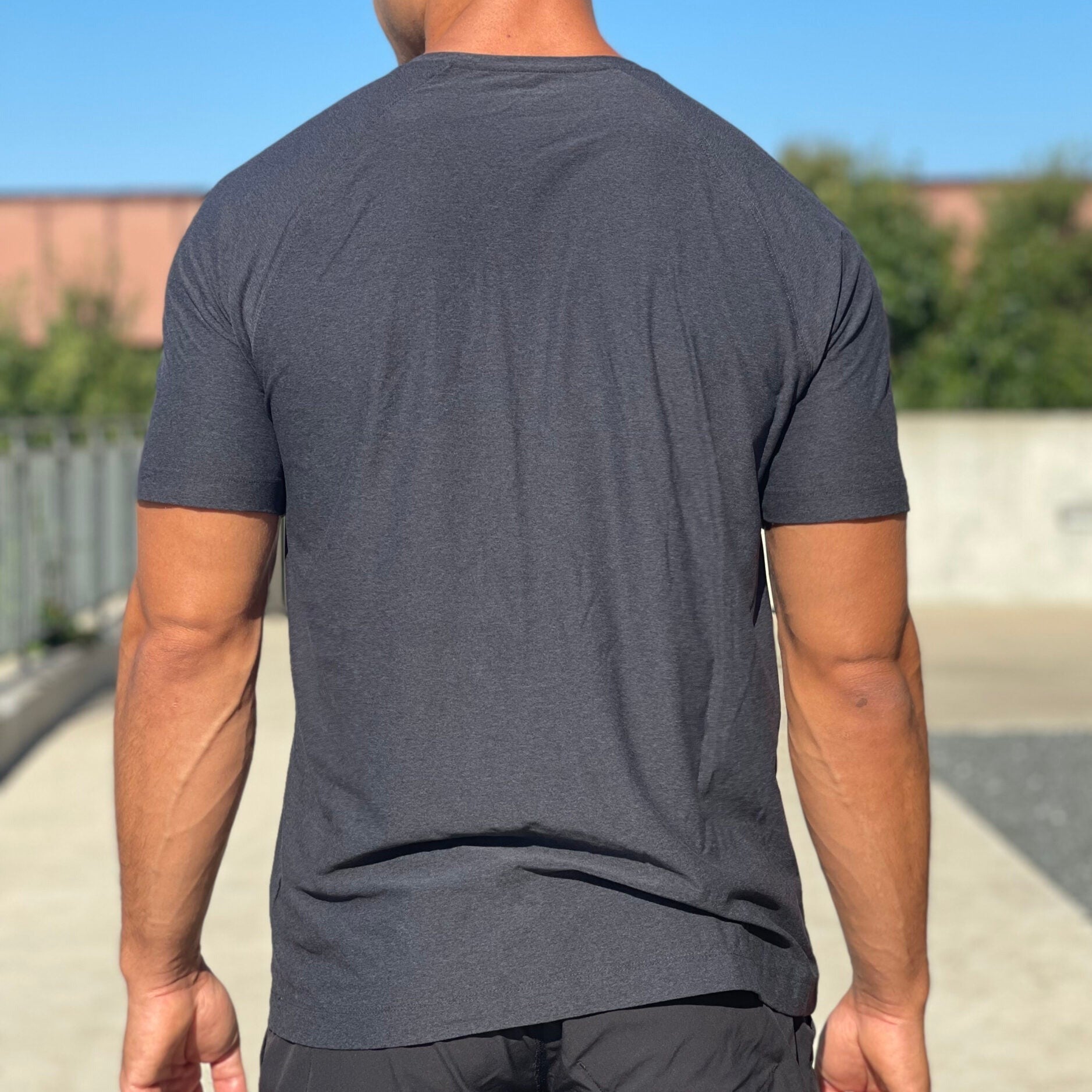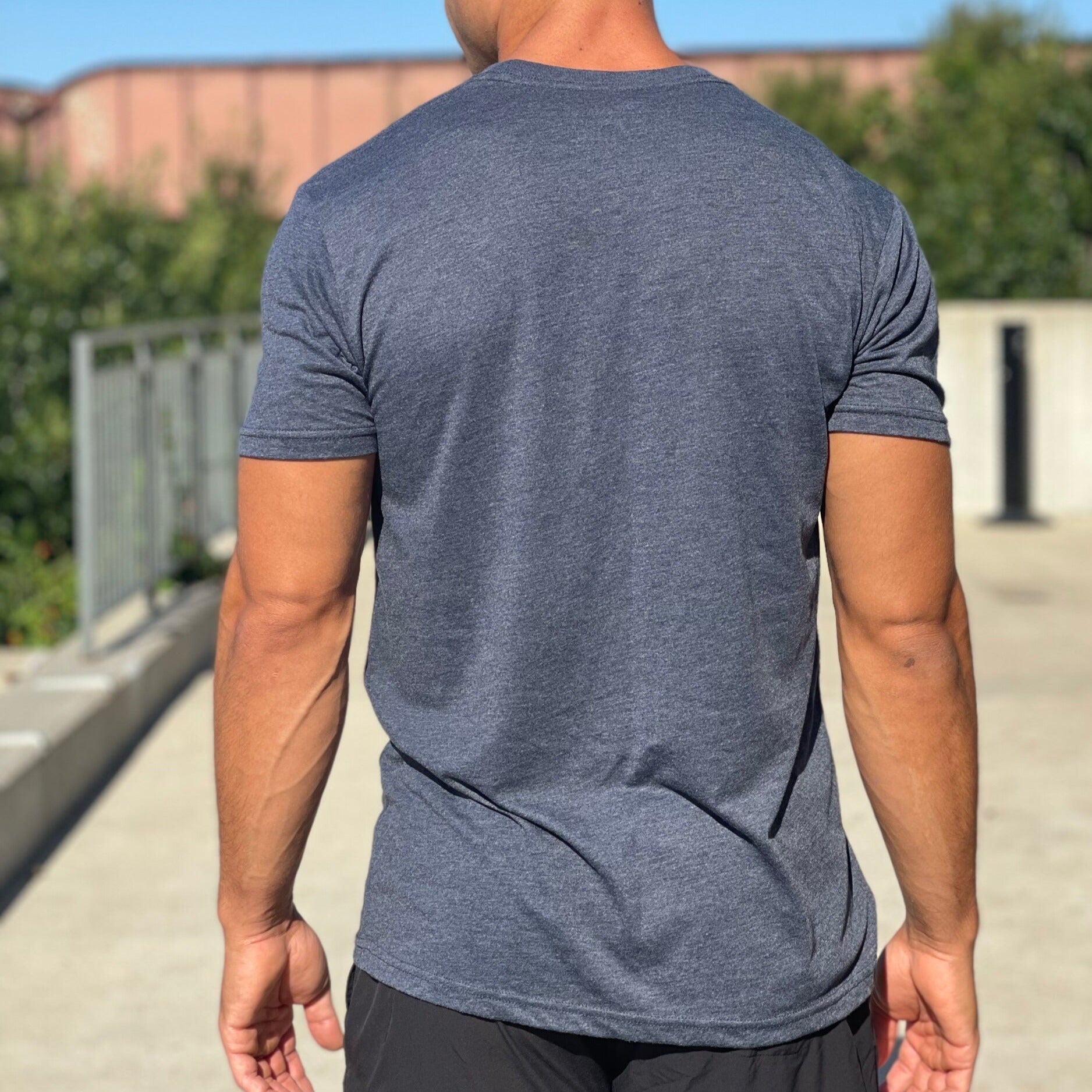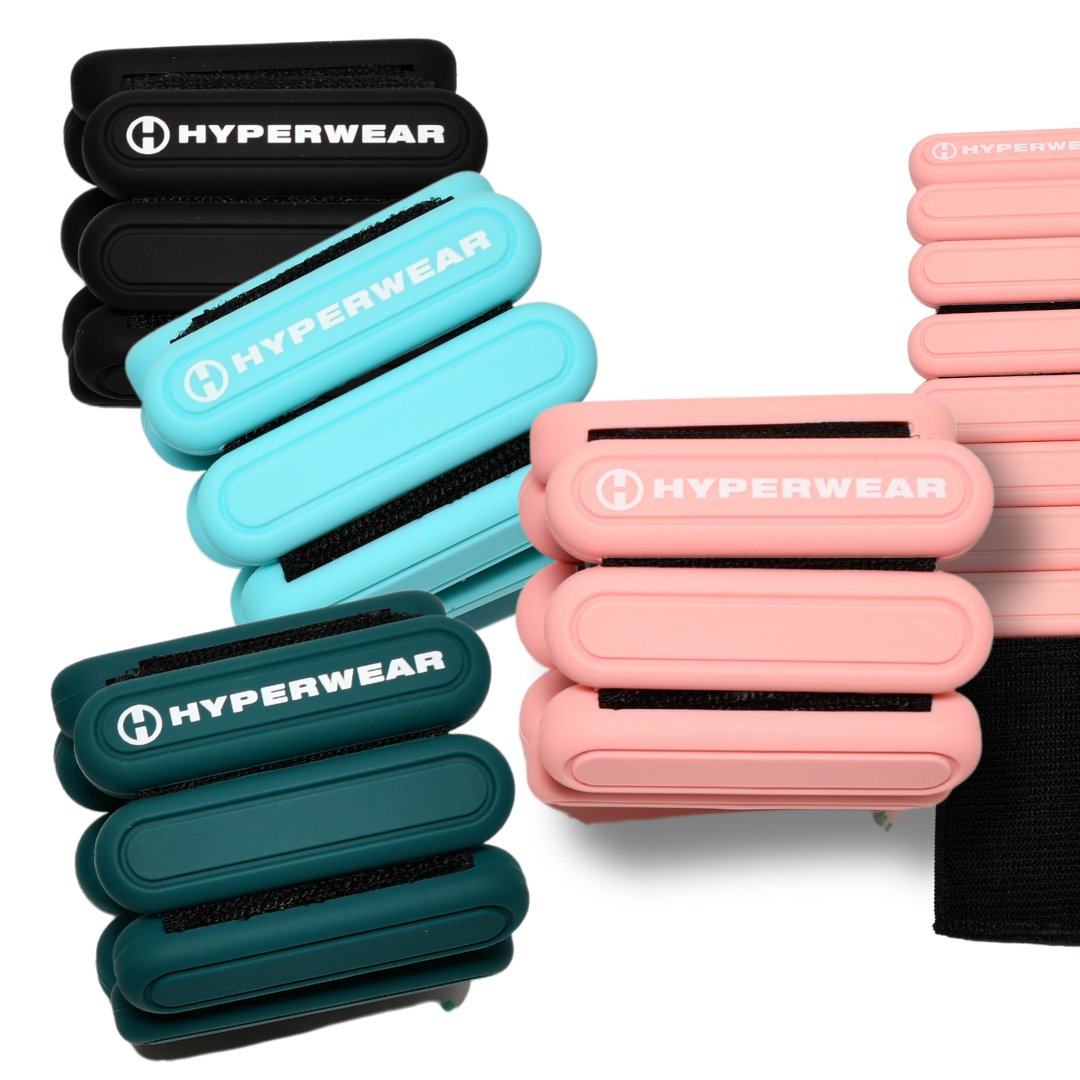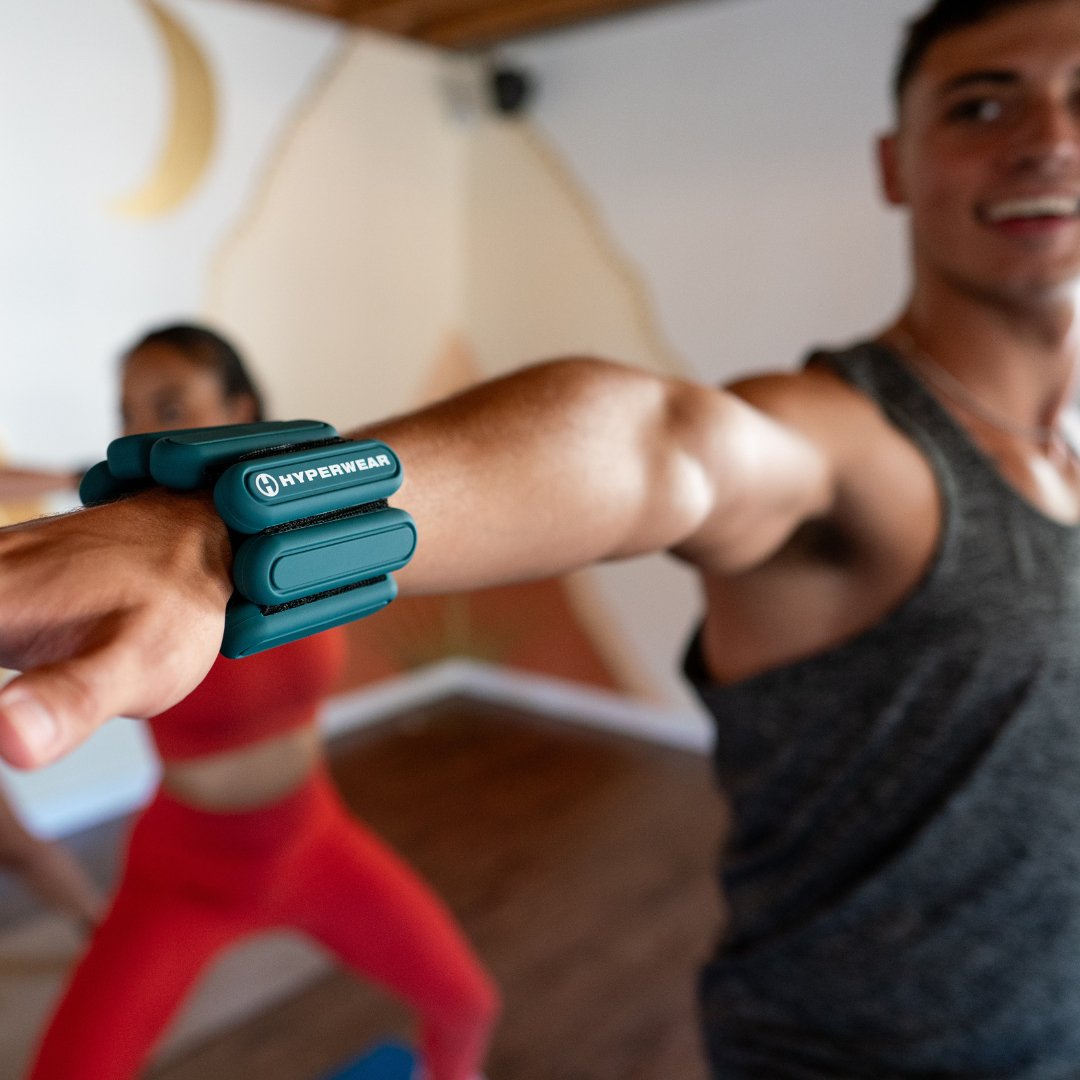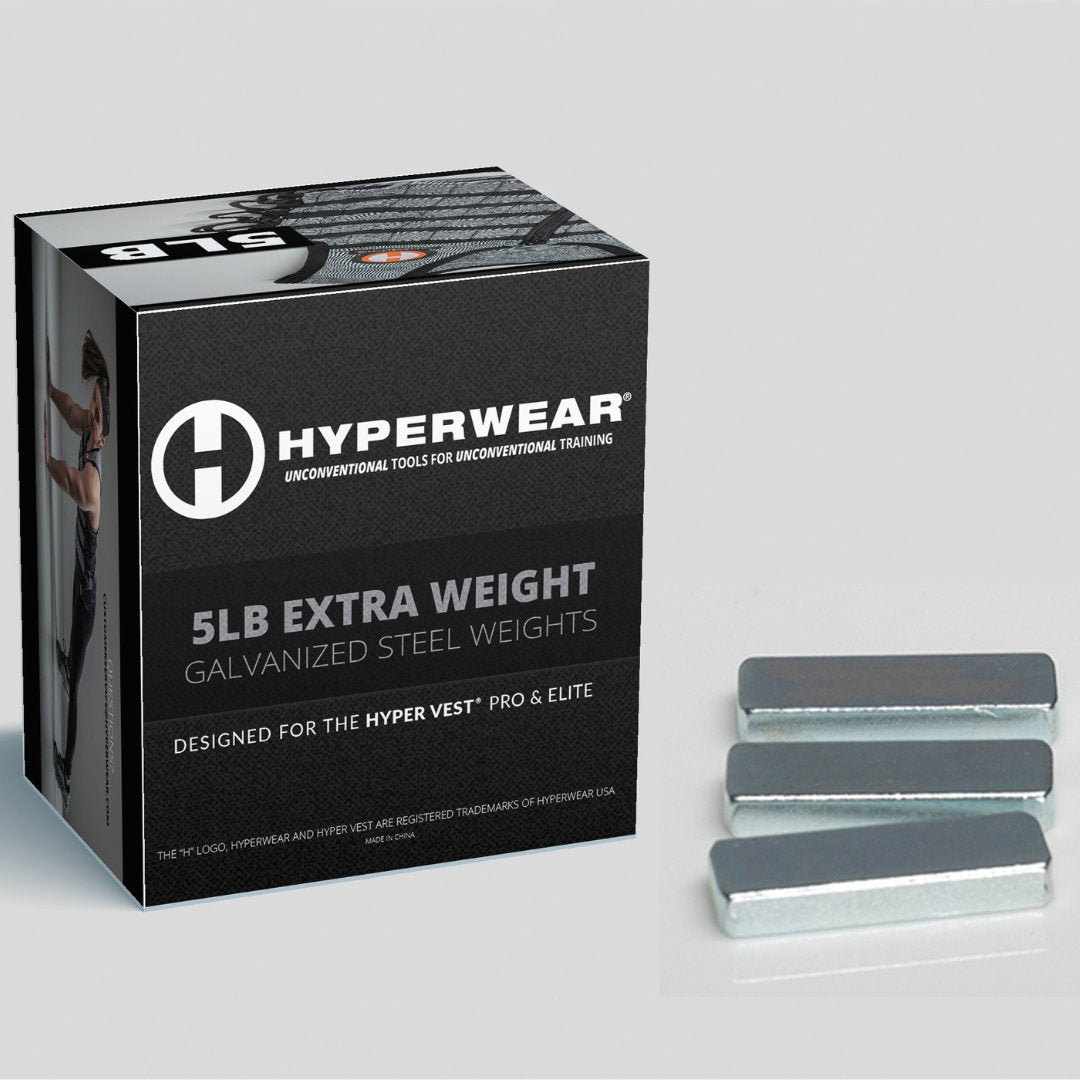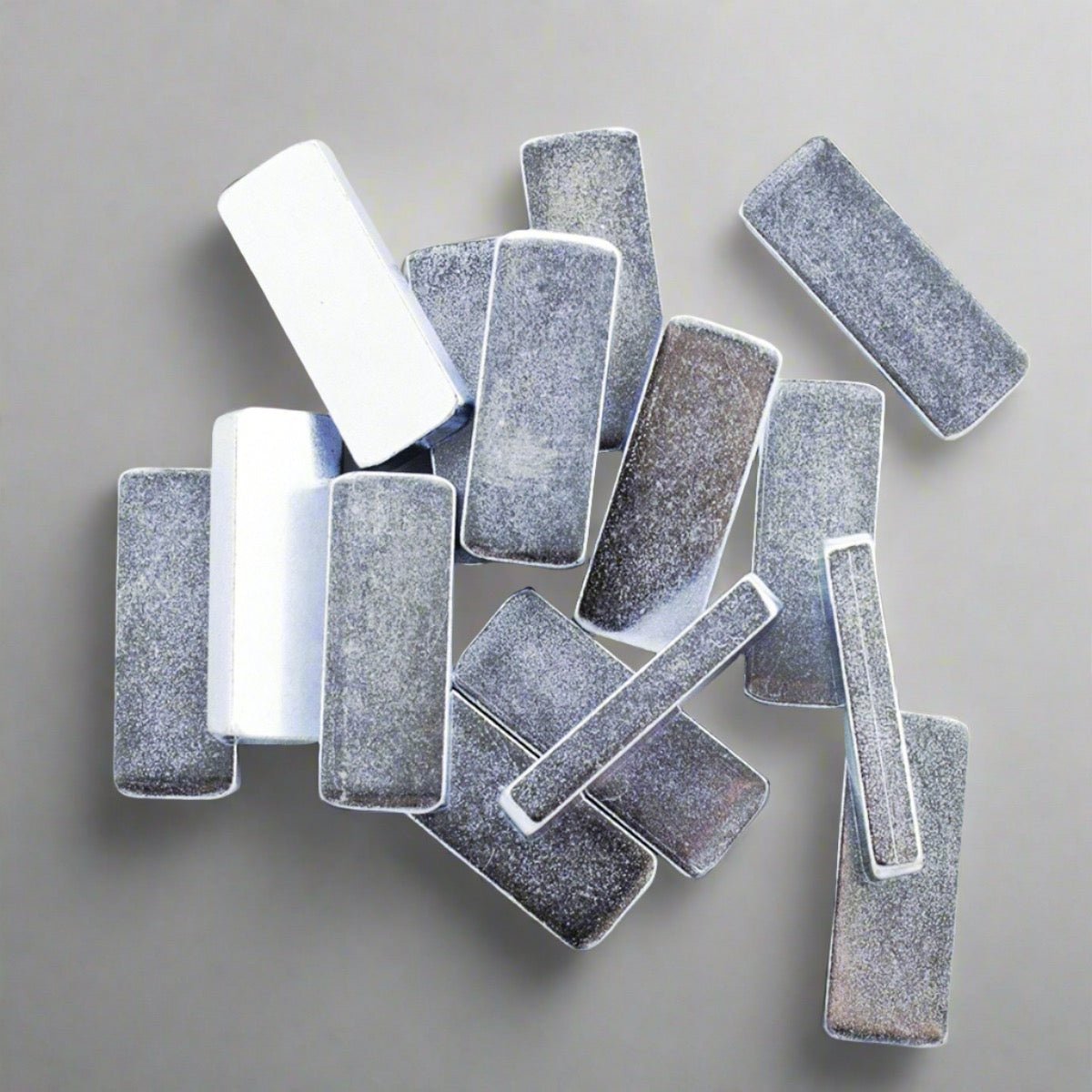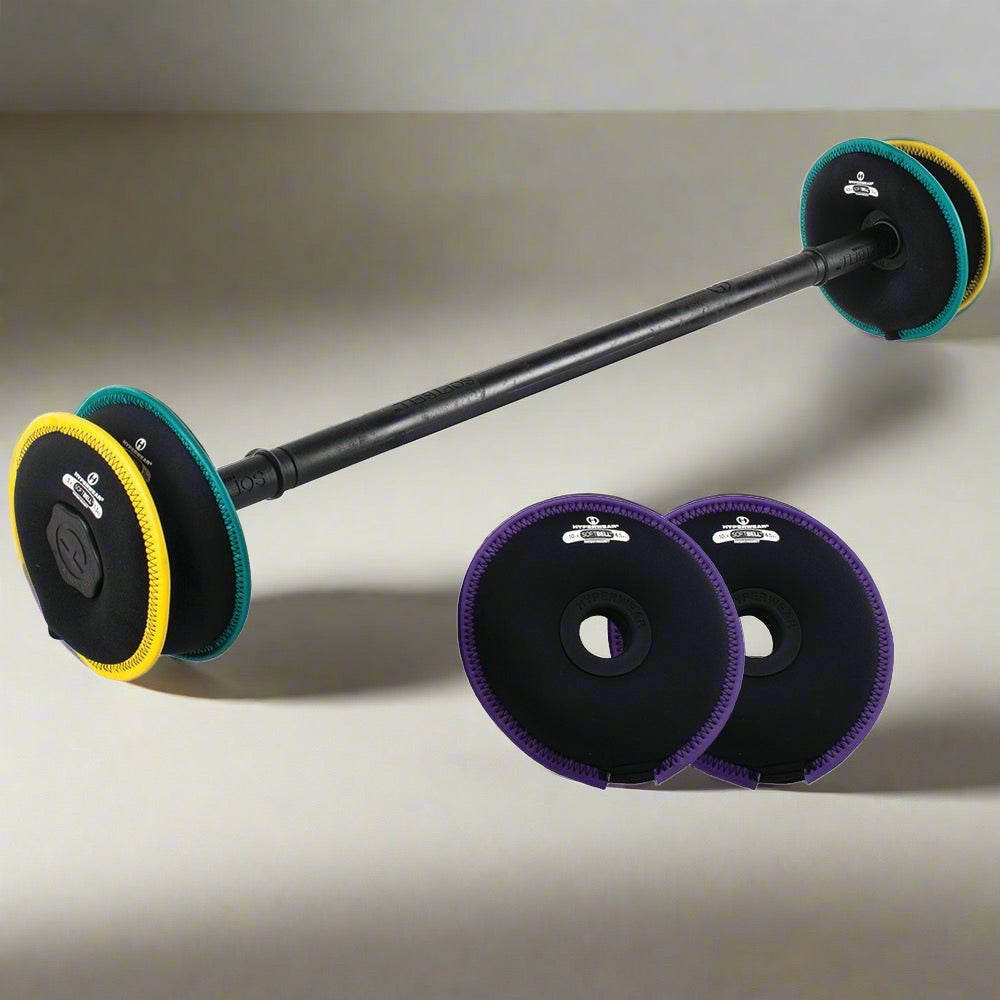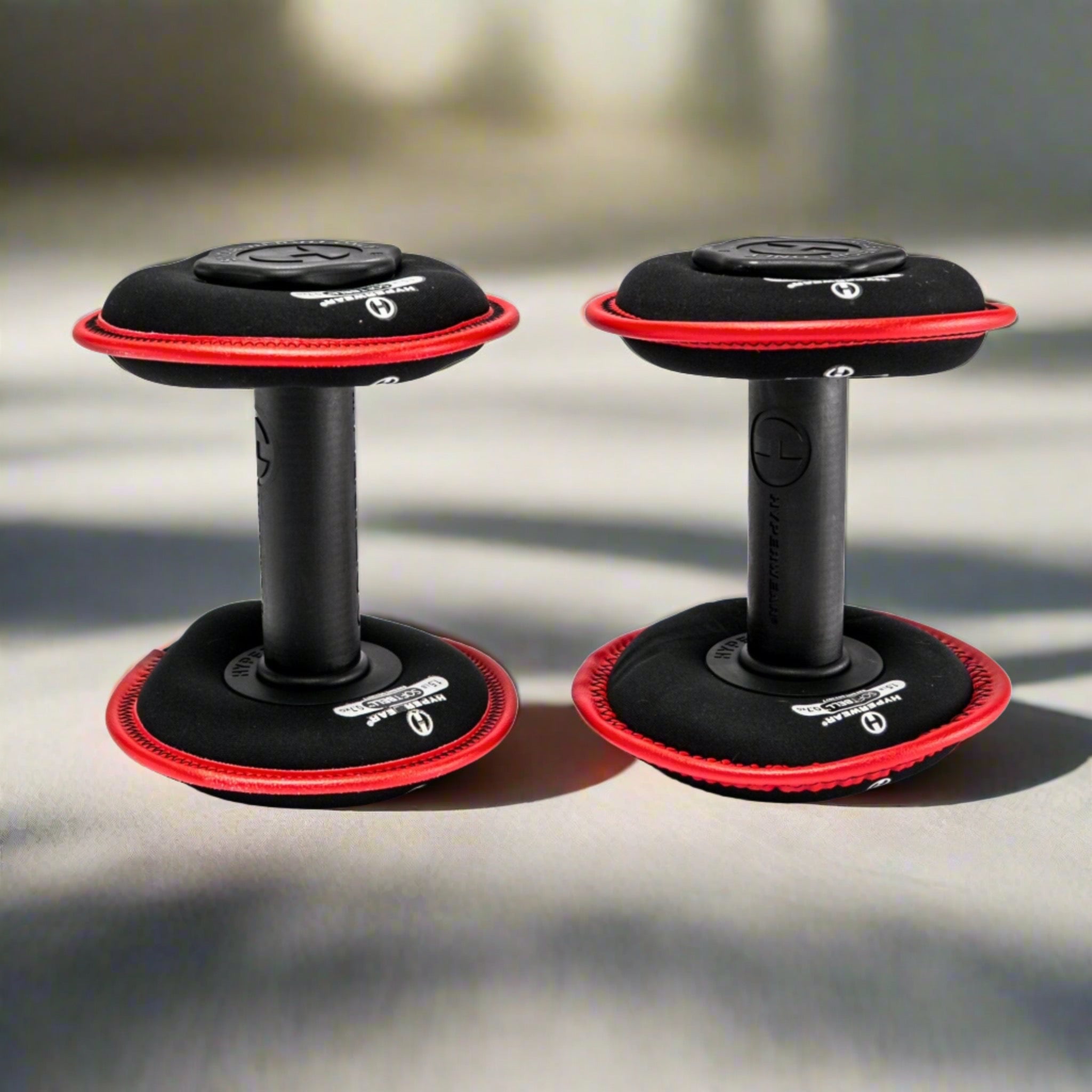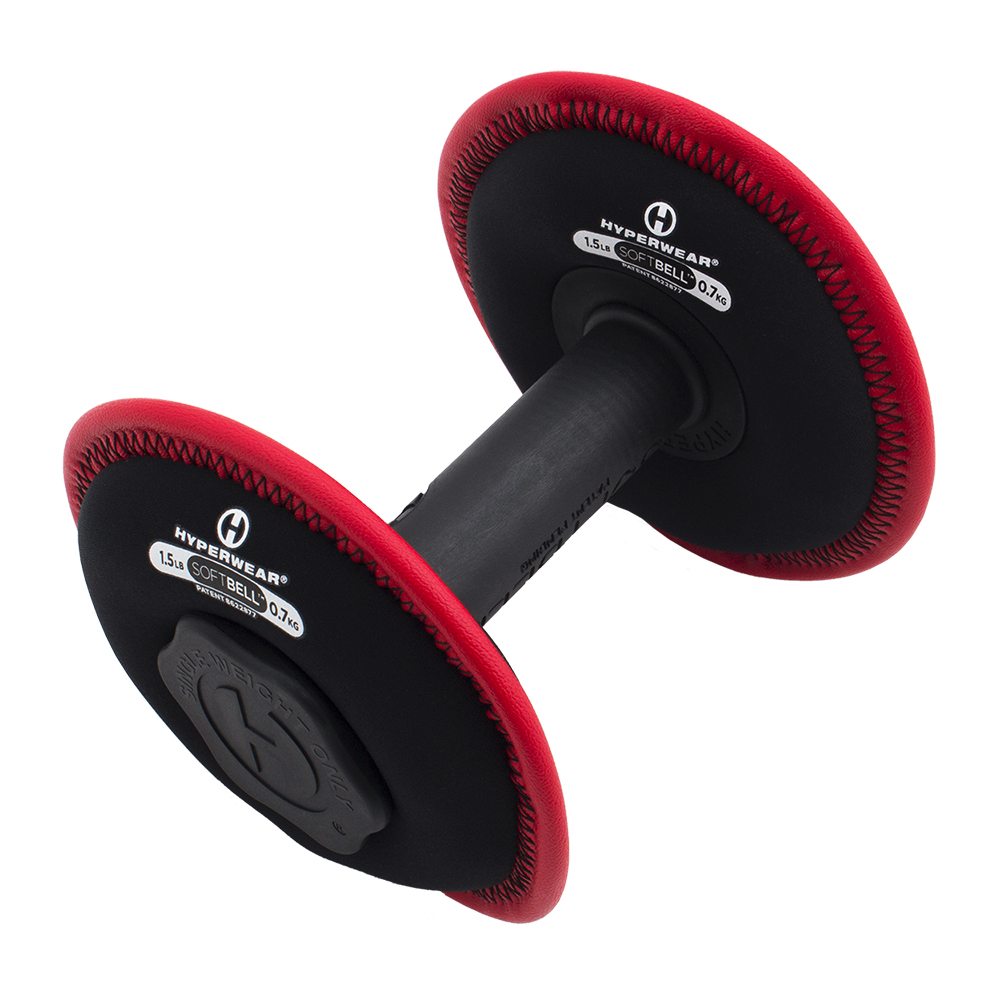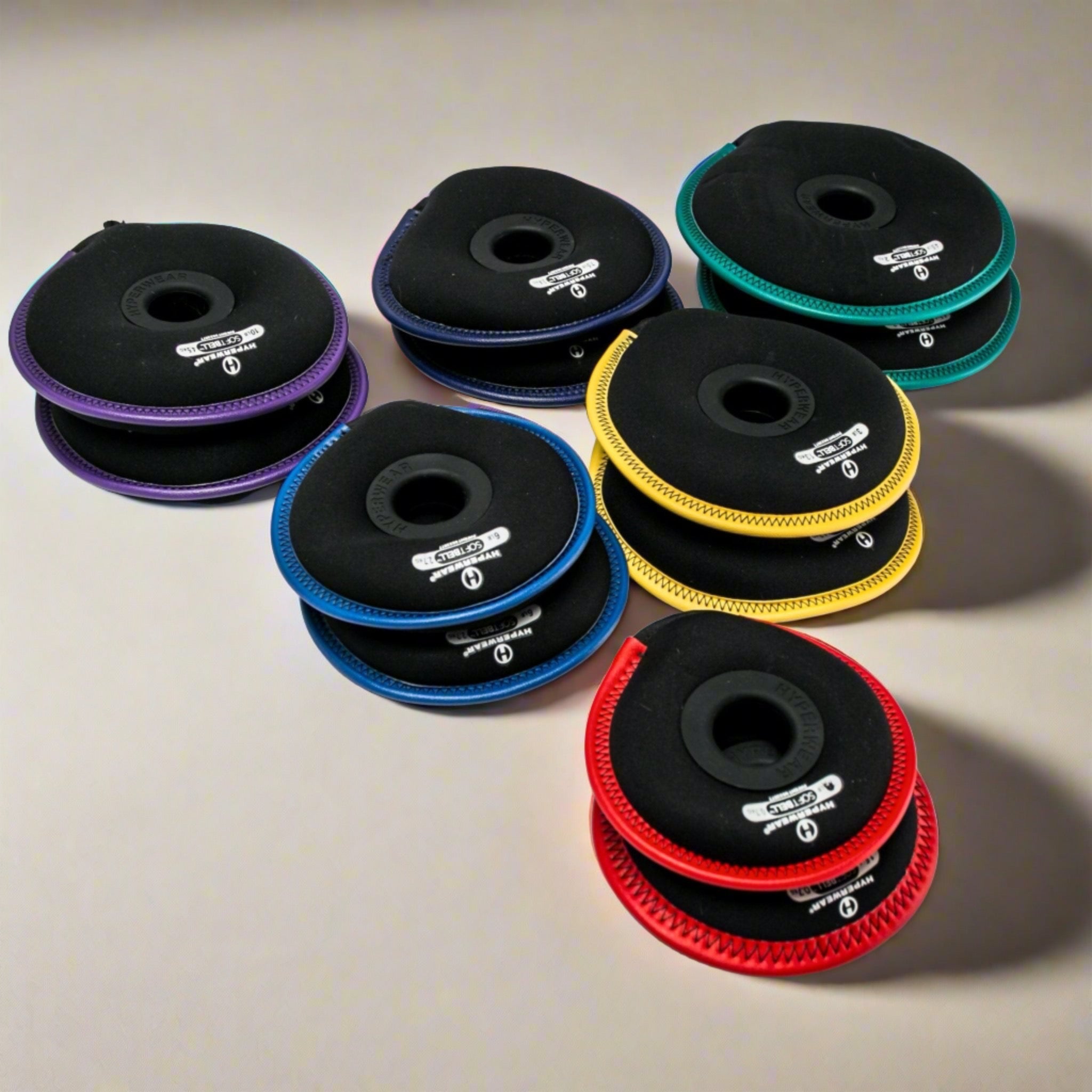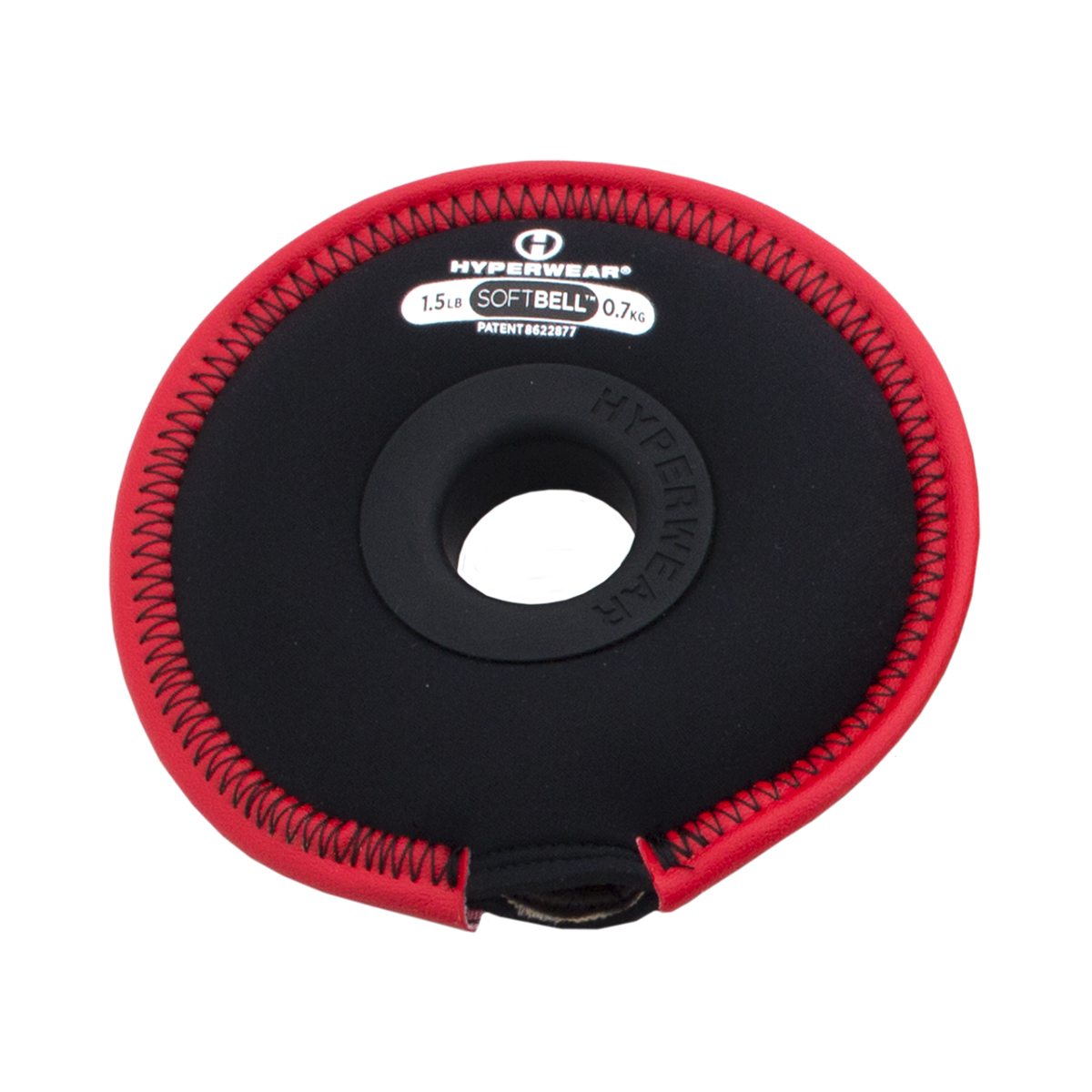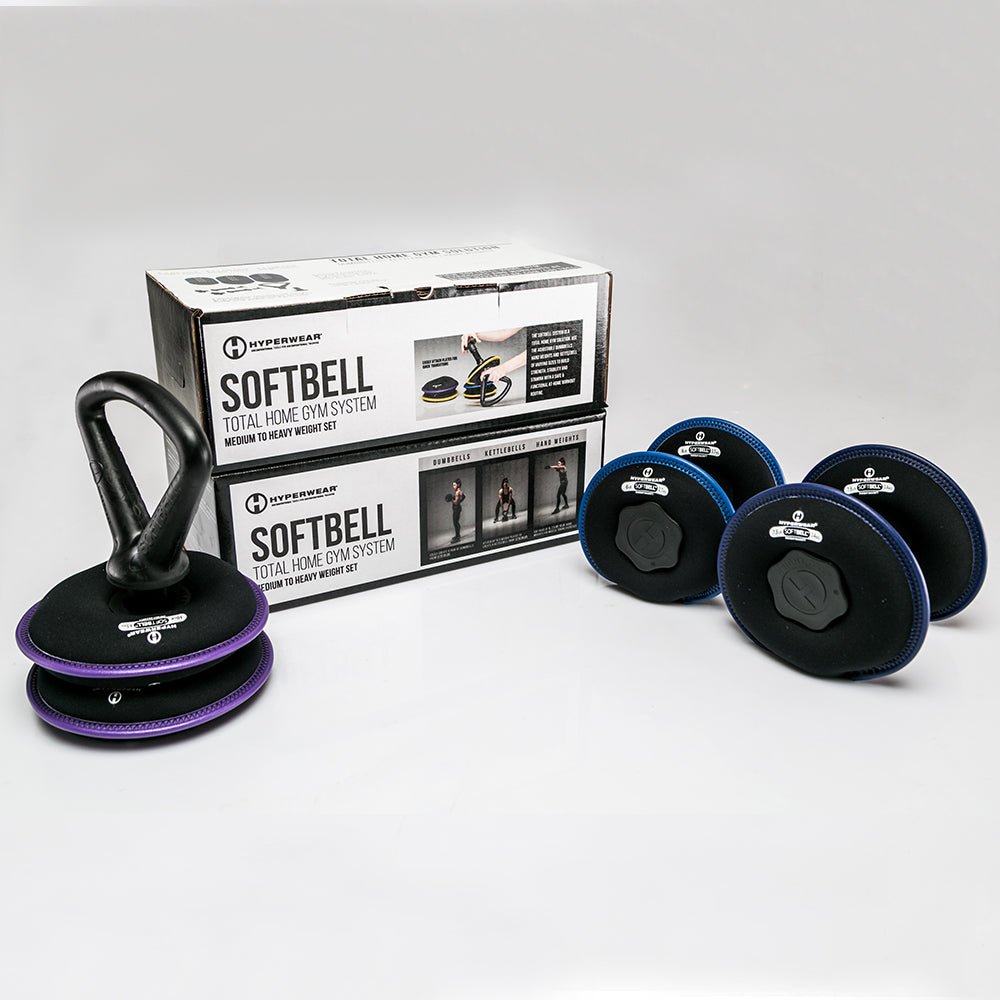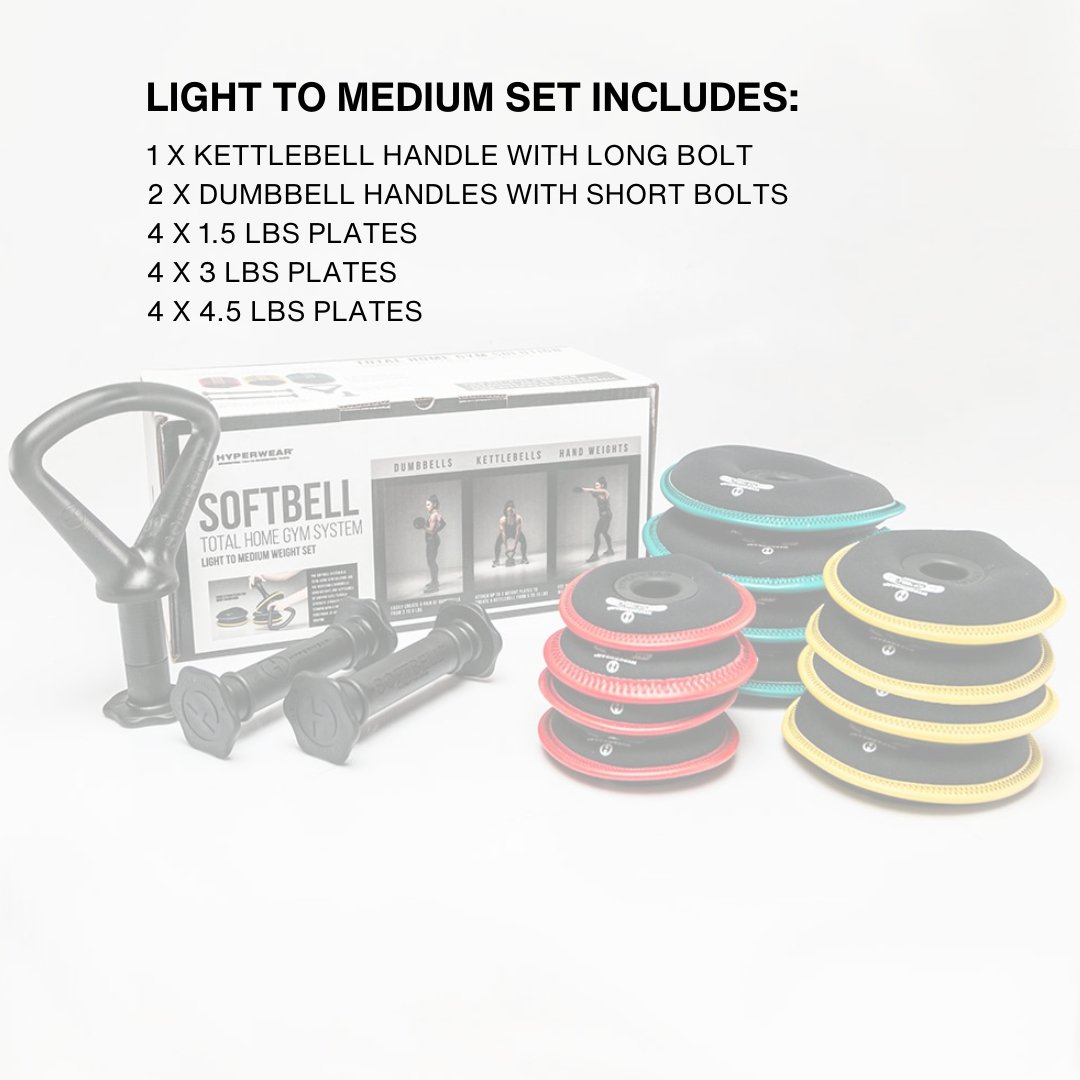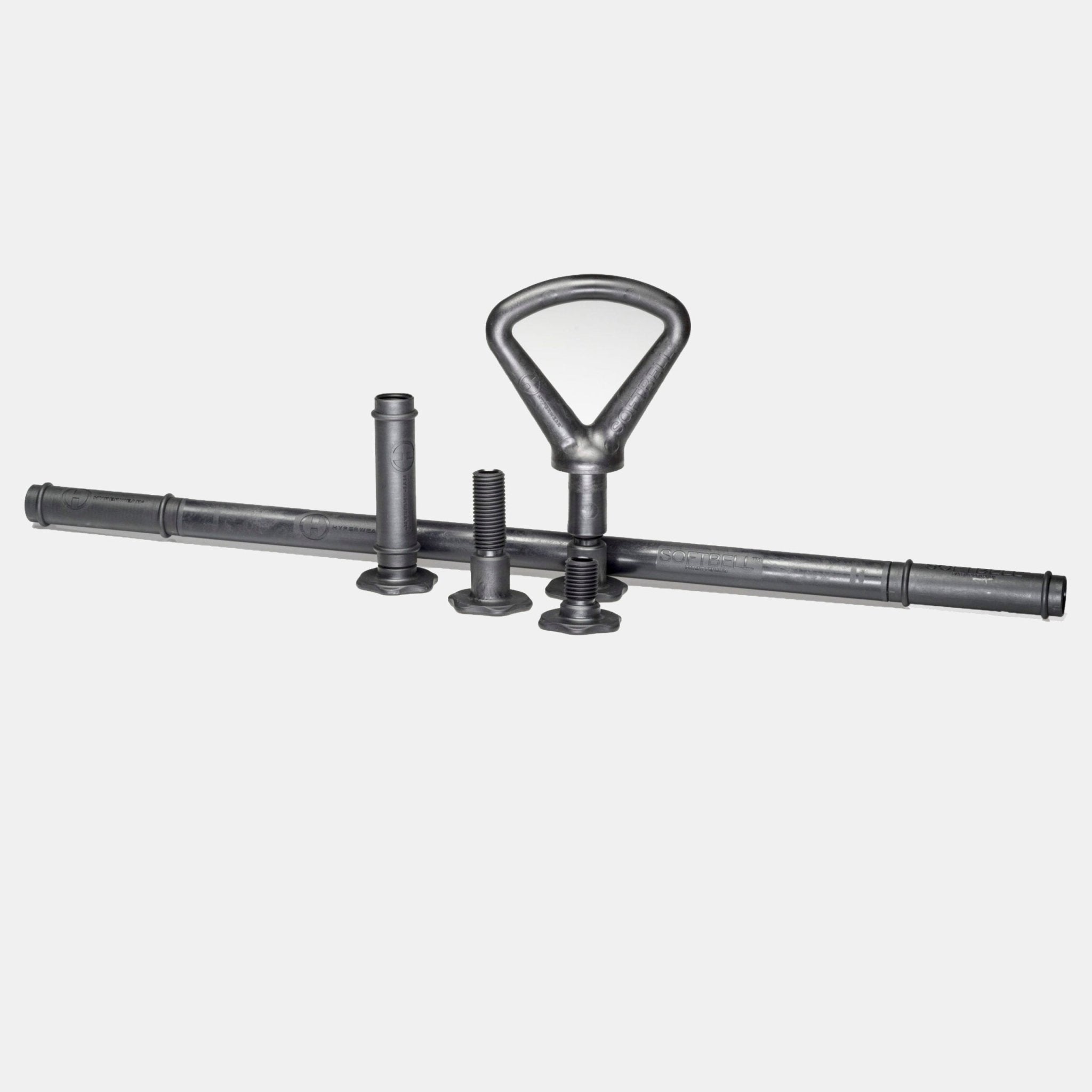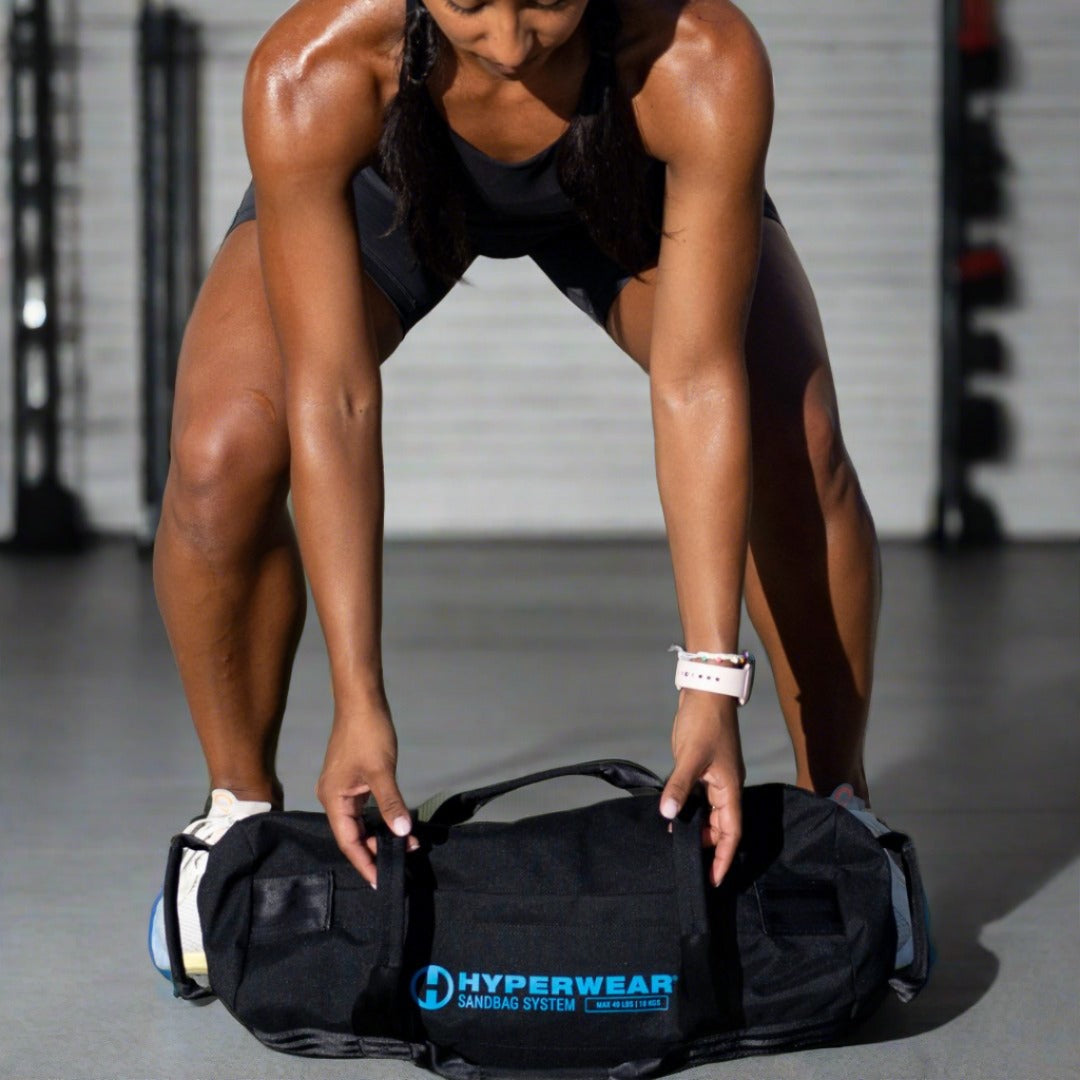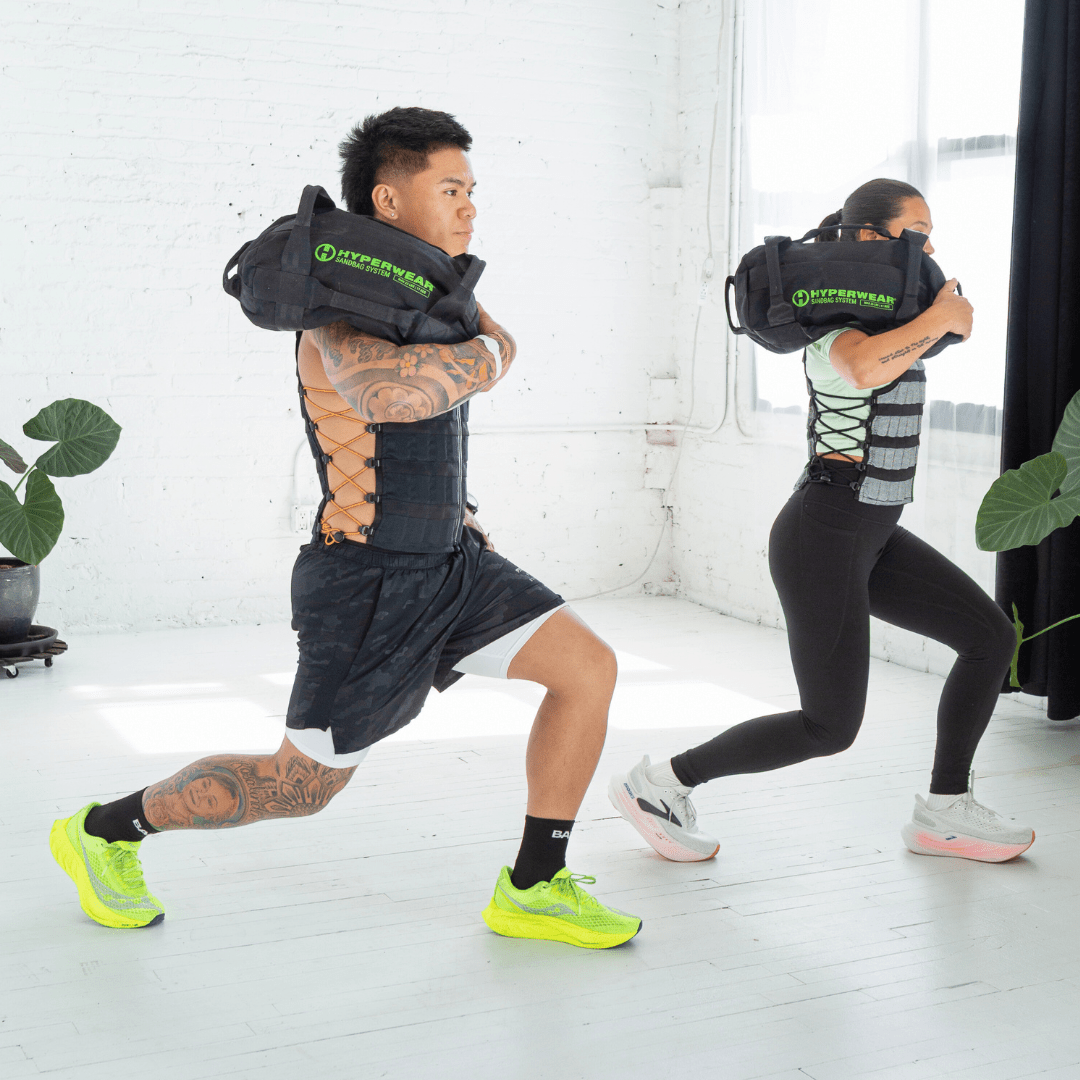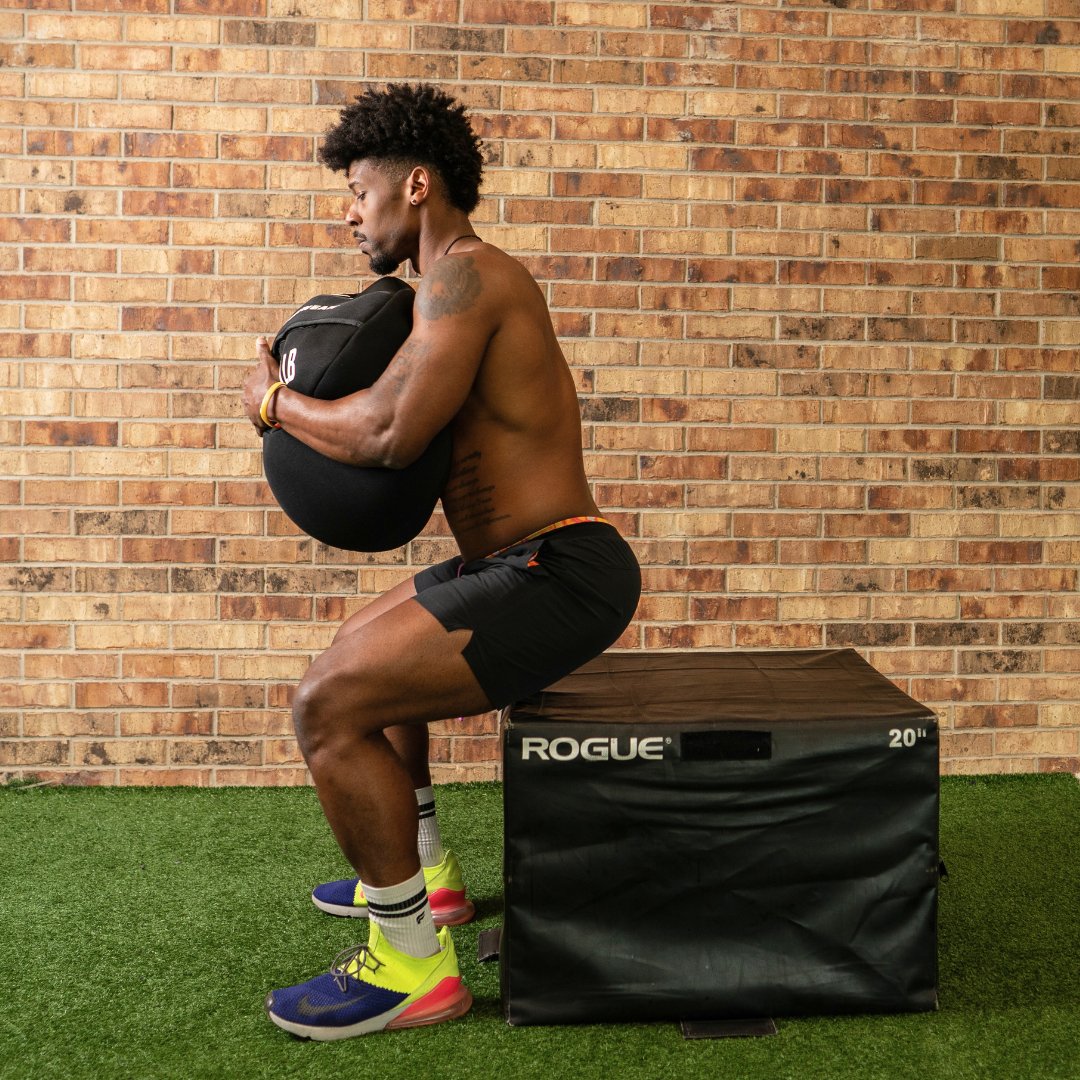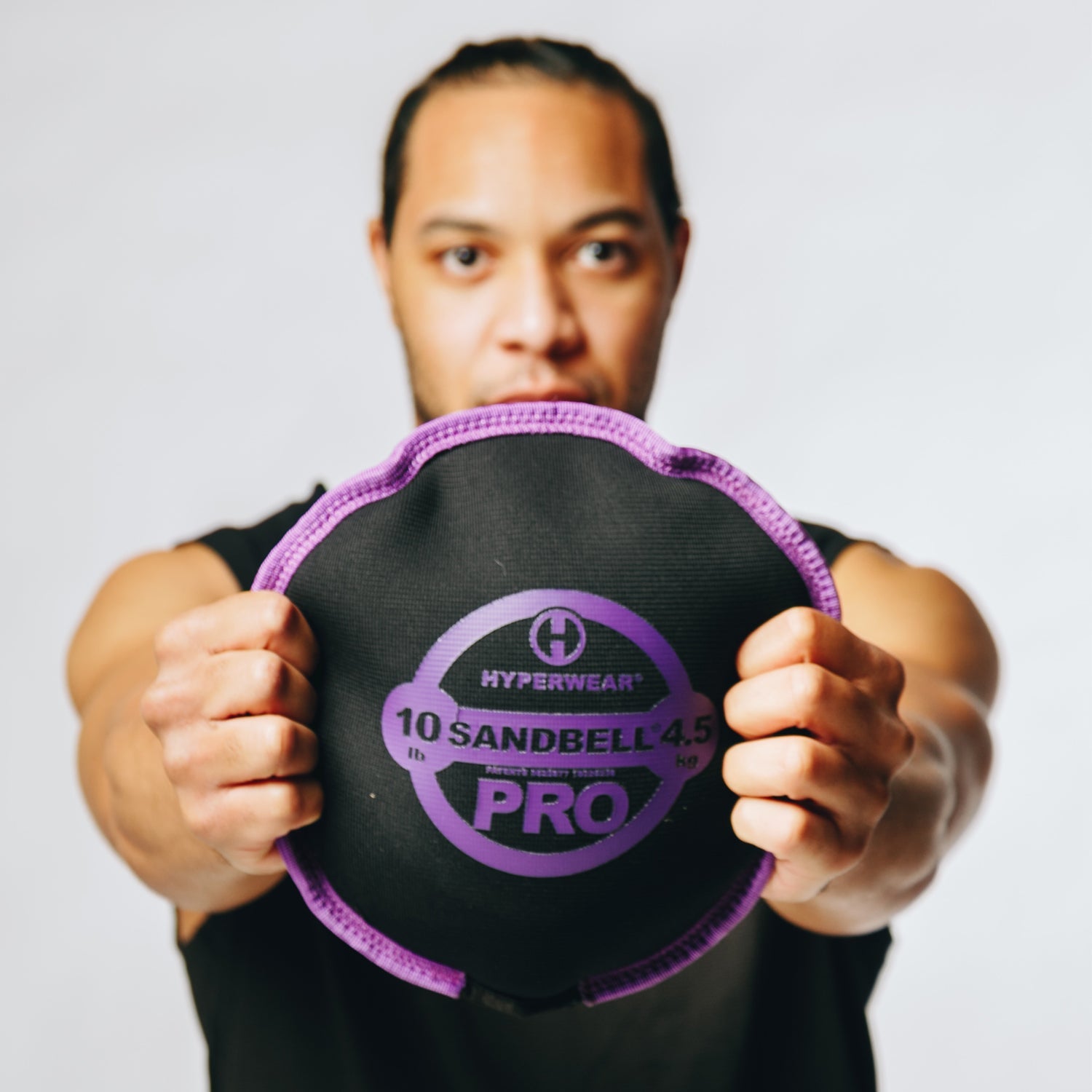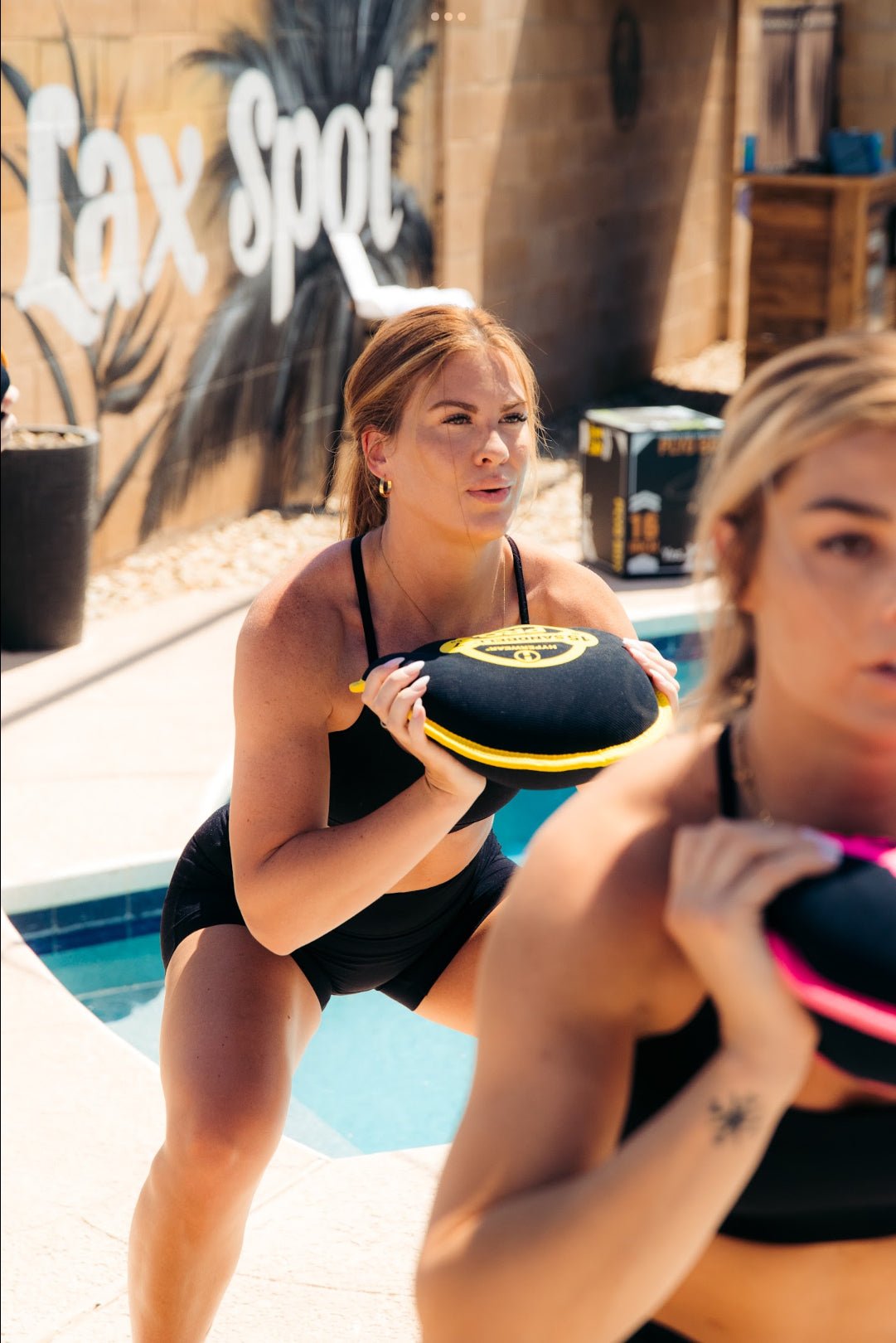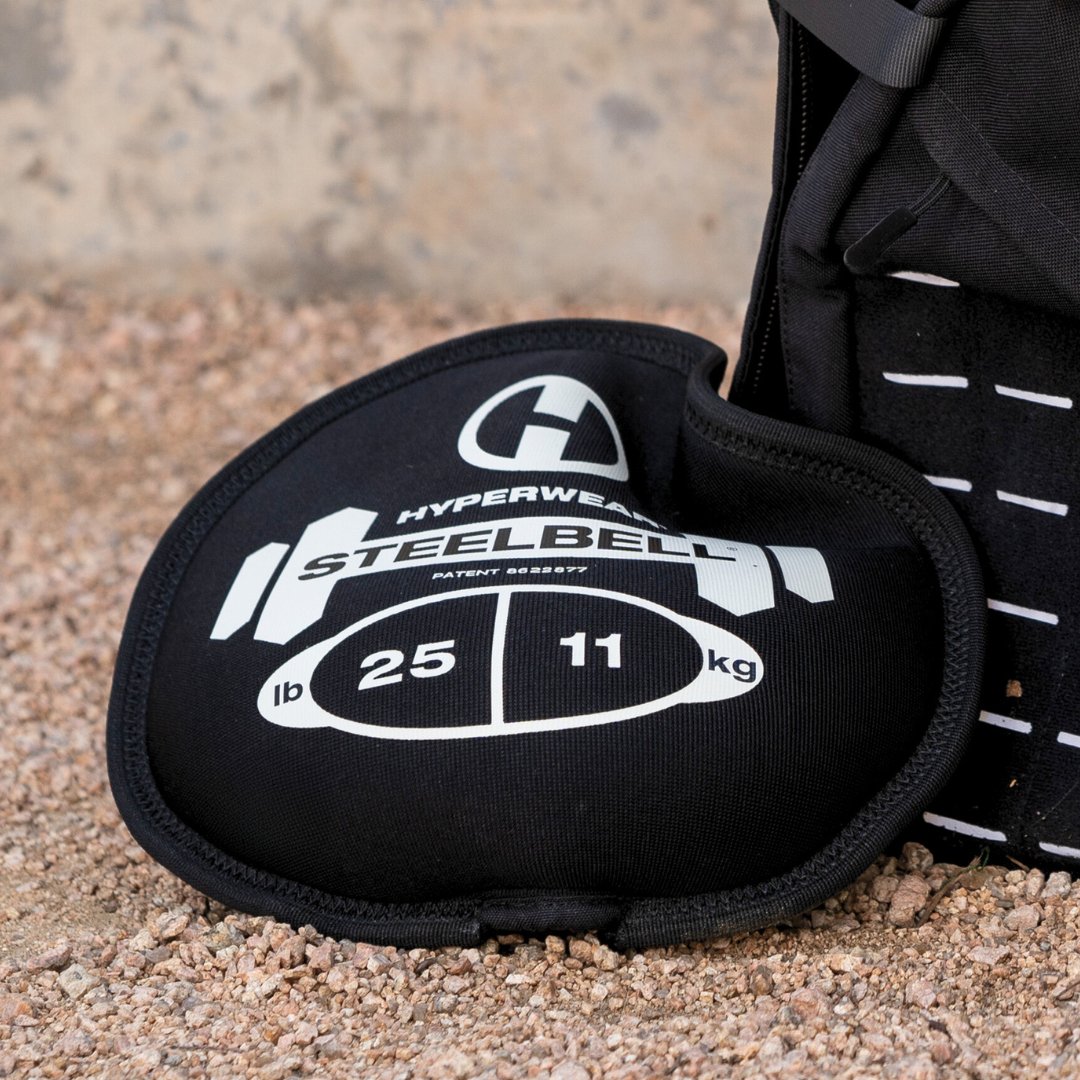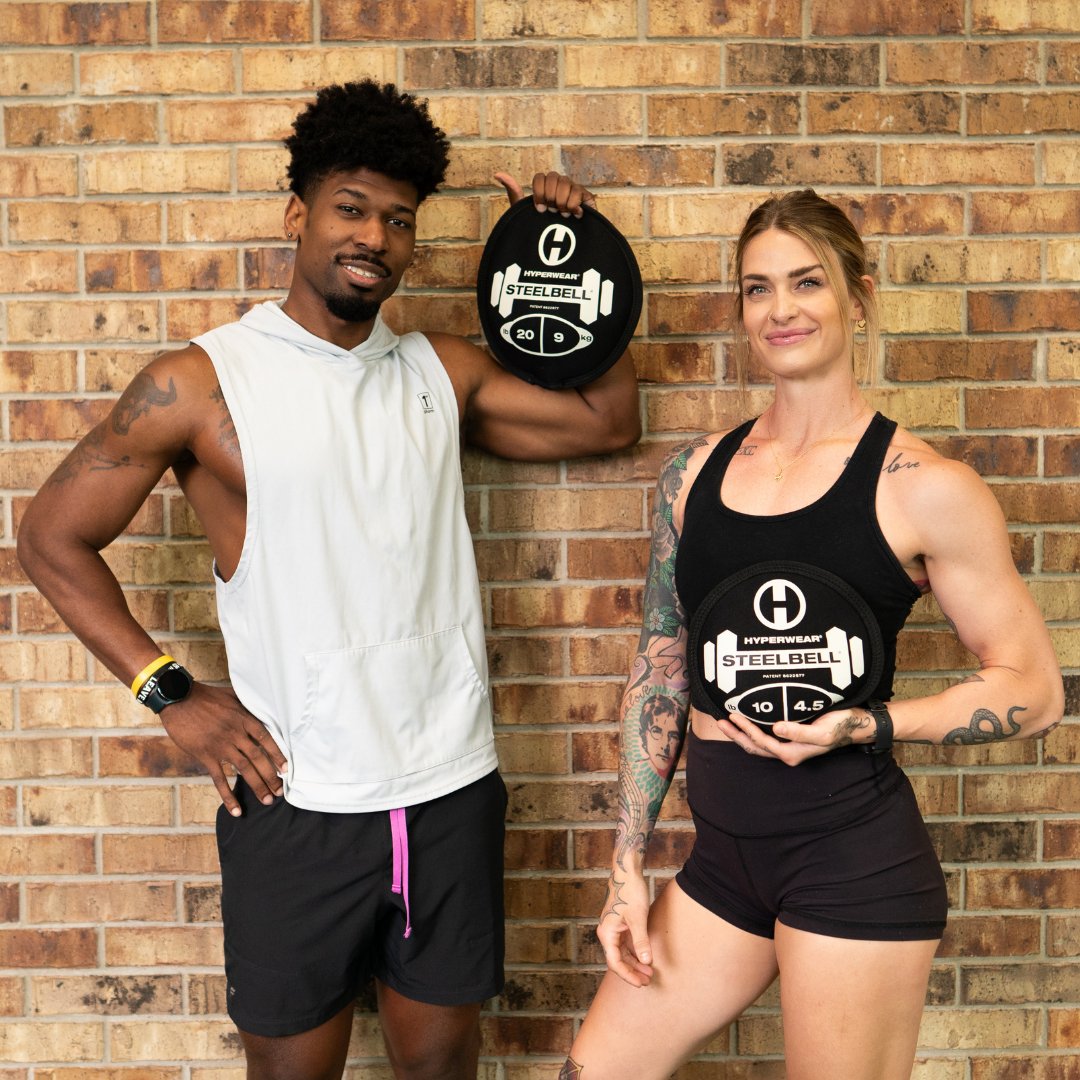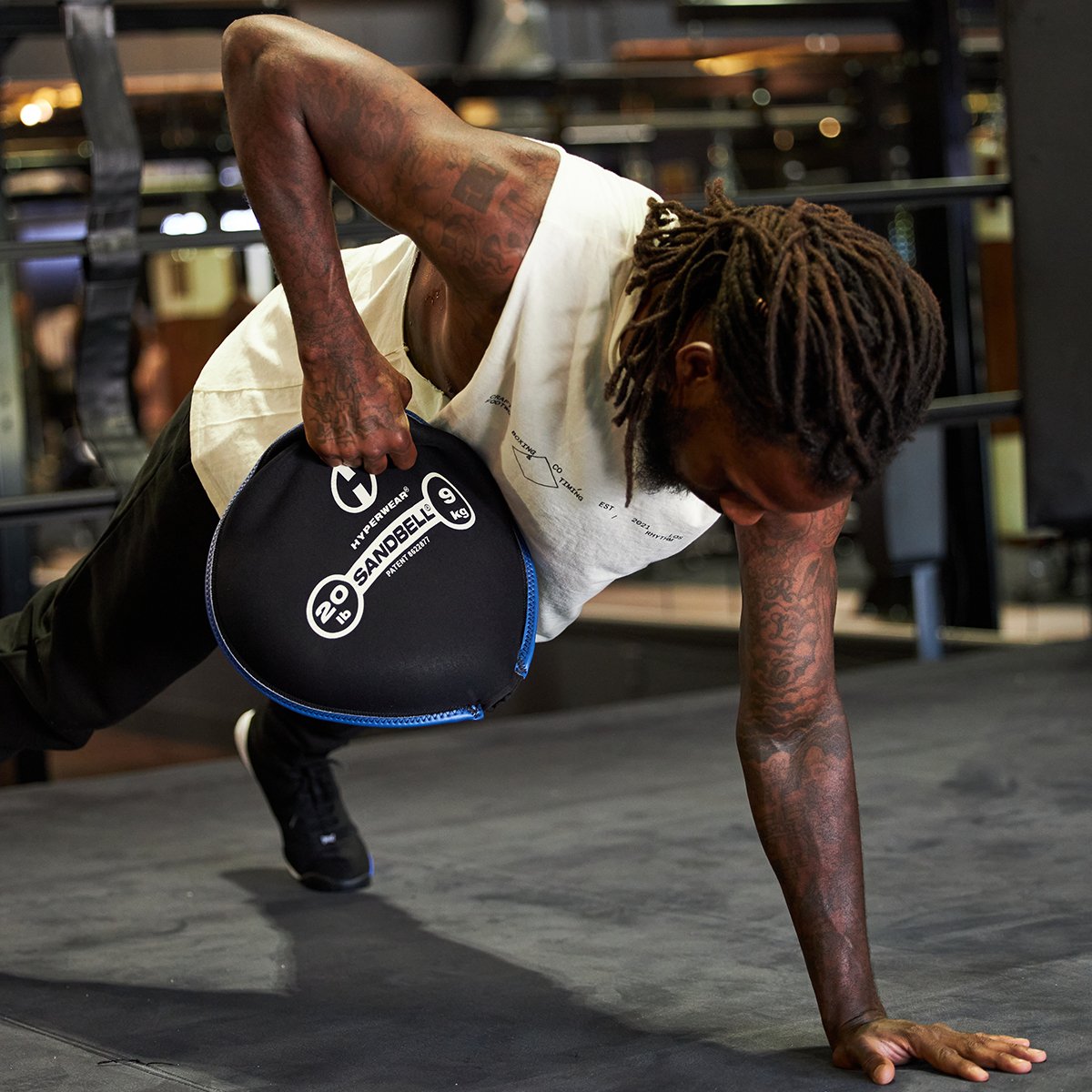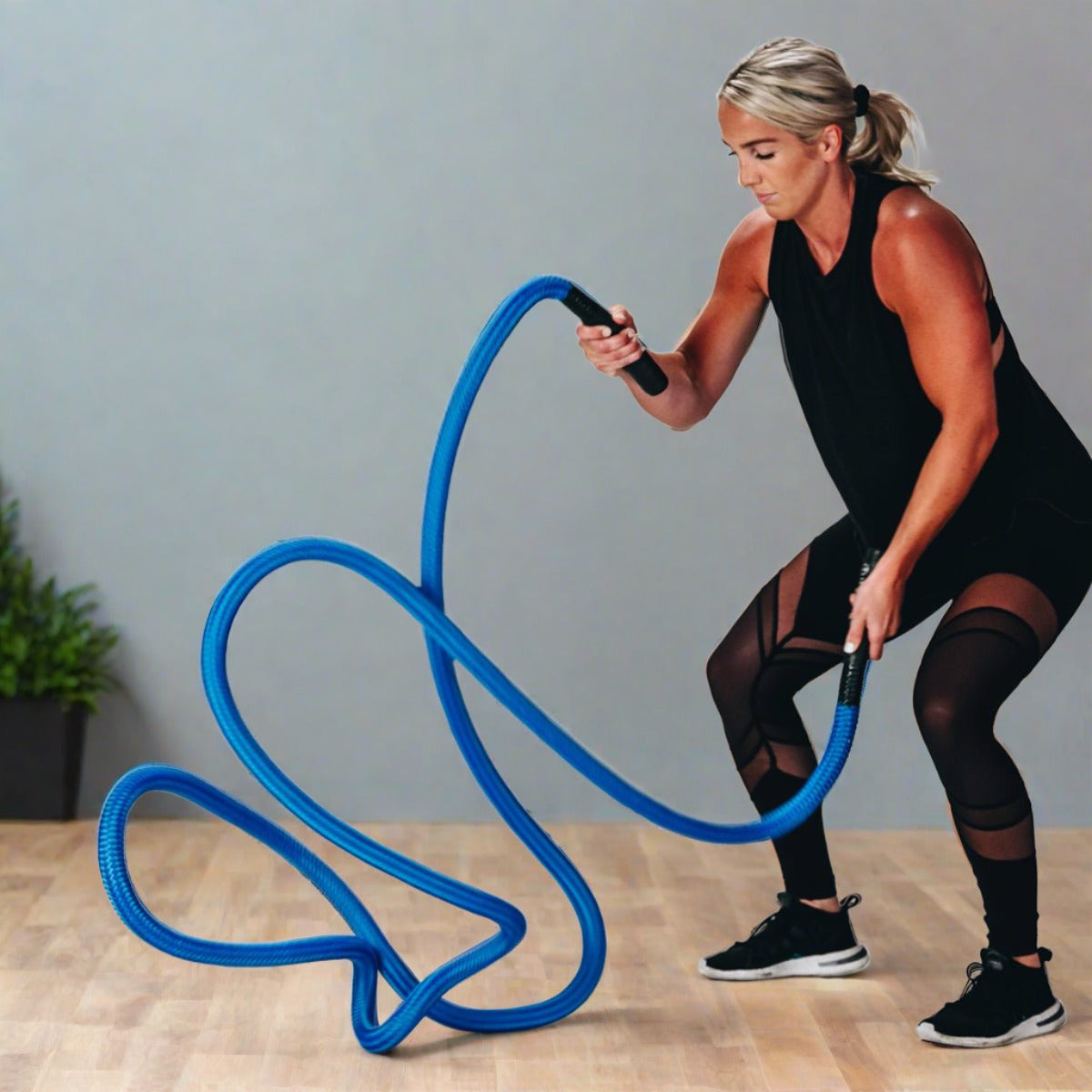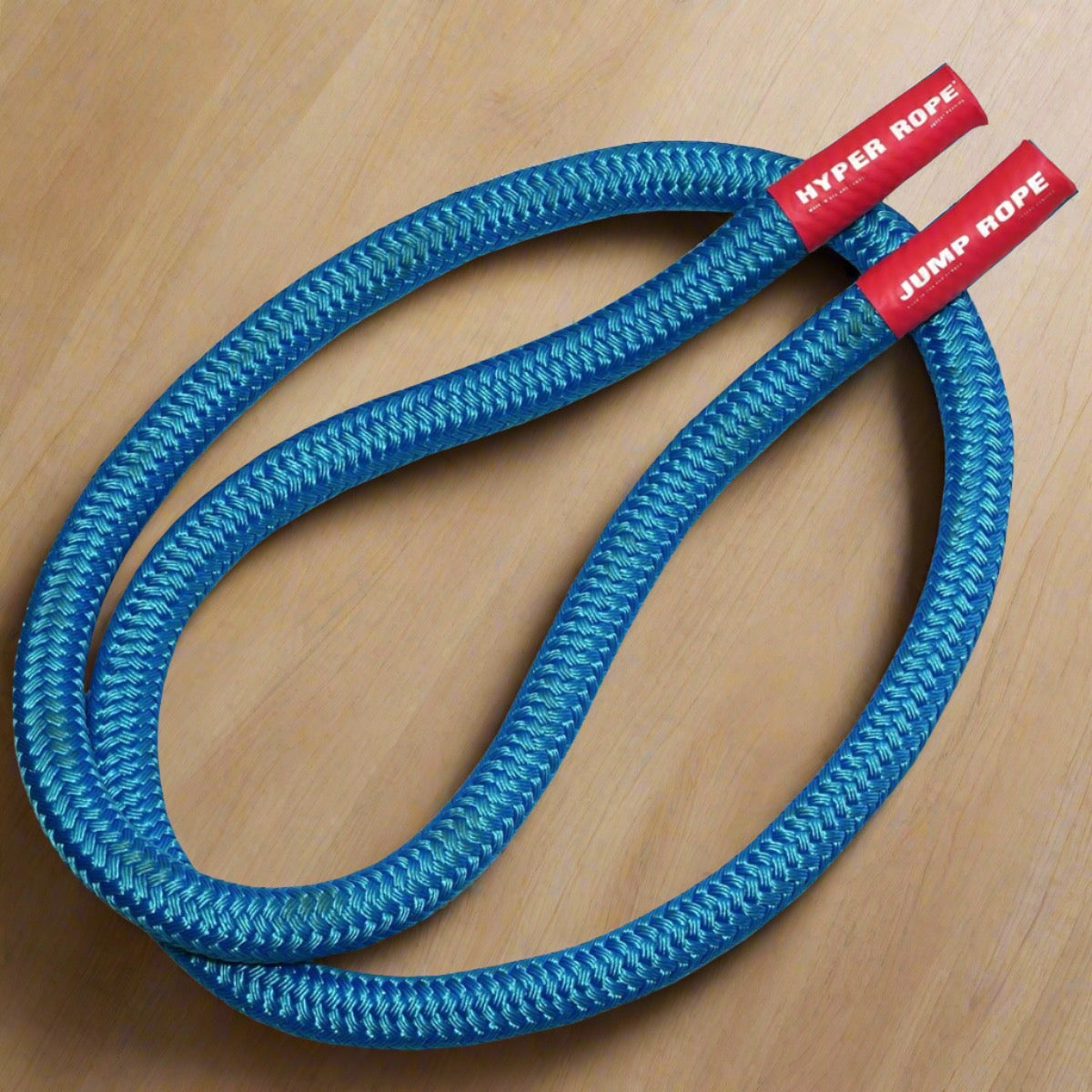Weighted Vest Weight Loss for Beginners: Benefits Backed by Science
The Reality of Weighted Vest Weight Loss – Science-Backed Benefits
Just like any fitness tool, a weighted vest can’t magically melt pounds on its own – but emerging research shows it can meaningfully boost your results when used properly. (acefitness.org sciencedaily.com) For beginners seeking practical, low-impact ways to lose weight and improve fitness, a weighted vest is an appealing option. It turns everyday activities like walking into more intense (yet still joint-friendly) workouts by simply adding extra weight. The key is to use the vest as part of a balanced plan: you still need sensible eating and regular exercise habits for long-term success. But if you do combine a weighted vest with a healthy diet and routine aerobic activity, the science says you’ll burn more calories, shed more fat, and even build fitness without having to jump straight into high-impact training.
How a Weighted Vest Boosts Calorie Burn and Fat Loss
Wearing a weighted vest essentially tricks your body into thinking it’s heavier, so you naturally burn more calories with every move. Even just doing your normal daily walking while carrying extra weight can increase your energy expenditure. In a University of New Mexico study (using the Hyperwear Hyper Vest PRO weighted vest), researchers found that untrained women walking on a treadmill at a modest pace burned about 12% more calories when wearing a vest equal to 15% of their body weight (prevention.com). For example, if you normally burn 100 calories on a walk, adding a vest could bump it to ~112 calories. Over time, those extra calories add up.
What’s truly encouraging is that this added calorie burn doesn’t require intense effort. The same UNM study noted that participants did not feel significantly more exerted when walking with a vest – even when increasing vest weight from 10% to 15% of body mass. In other words, you burn more without feeling much difference in difficulty, a big plus for beginners. And if you do pick up the pace or tackle hills, a vest amplifies the benefits. Researchers observed that on a 5% incline, wearing a 10%-body-weight vest made women burn ~13% more calories compared to no vest, allowing a bigger calorie burn at low speeds. This makes weighted vests a simple way to accelerate weight loss by upping your daily calorie expenditure.
Real-world results back this up. A recent weight vest clinical trial in Sweden found that overweight adults who wore a heavy weighted vest daily lost significantly more weight and fat than those who did not. In just 3 weeks, participants wearing an ~11% body-weight vest for 8 hours a day (as they went about normal life) lost about 1.6 kg (3.5 lbs), while a control group wearing a very light 1% body-weight vest lost only 0.3 kg. That’s over 5 times more weight loss just from the added weight! Notably, most of the loss was body fat – the heavy-vest group shed fat mass while preserving their muscle mass. This suggests that the extra calorie burn from simply being “heavier” prompted the body to tap into fat stores. It’s an exciting proof-of-concept that weighted vests can enhance fat loss through a kind of built-in “gravitational” nudge to your metabolism. Of course, for sustained fat loss you’d wear the vest longer-term and pair it with exercise, diet, and possibly the use of GLP-1 weight loss drugs. But this study shows that even without changing other habits, a vest can kickstart weight and fat reduction in a safe, low-impact way.
Preserving Muscle (and Even Building Some) with a Vest
One common issue when losing weight is the loss of muscle along with fat. Calorie cutting or just doing cardio can lead to shedding hard-earned muscle mass, which is not ideal for health or metabolism. Here’s where a weighted vest offers another benefit: it helps make activities weight-bearing, which stimulates your muscles and bones. Essentially, wearing extra weight turns walking or light aerobics into a form of resistance training.
The Swedish study above found that although participants lost fat, they did not lose lean muscle over the 3 weeks of wearing a heavy vest. Their muscle tissue stayed intact, likely because carrying extra load forces muscles to work a bit harder throughout the day. Similarly, a pilot study on older adults at Wake Forest University using Hyper Vest PRO weighted vests showed that adding weighted vest use during a diet program helped preserve more leg strength compared to dieting alone. Both groups in that study lost a substantial amount of weight (around 11 kg over 5 months with diet), but the vest-wearing group maintained better lower-body power, whereas the diet-only group saw their leg power drop significantly. The weighted vest essentially acted like “replacement” for the weight they were losing, keeping their muscles engaged and stronger.
Beyond just preserving muscle, training with a weighted vest can even lead to strength gains for beginners. In a 12-week trial with community-dwelling older adults, those who wore a 10%-body-weight vest during simple home exercises and walking improved their leg strength and power more than those doing the same program without a vest. (Weighted Vest Training in Community-Dwelling Older Adults: A Randomized, Controlled Pilot Study)
The vest group in this study performed better in sit-to-stand tests (a measure of functional leg strength) and saw greater improvements in muscle power. This aligns with earlier research showing weighted vest programs can increase lower-body strength by 16–33% in older women when combined with training. For someone starting out, this means that incorporating a vest into your brisk walks or bodyweight workouts might help you retain and build muscle as you lose weight – giving you a leaner, stronger physique rather than ending up “skinny-fat.” And as a bonus, weight-bearing exercise with vests has been linked to maintaining bone density in older adults (one study even saw a 1% bone density increase in vest users while a non-vest group lost 0.6%). Strong bones and muscles are critical for overall health, so these benefits go hand-in-hand with the vest’s weight loss perks.
Cardio Fitness and VO₂ Max Improvement without High Impact
For beginners, traditional cardio exercises to improve fitness (like running or high-impact aerobics) can be daunting or hard on the joints. Weighted vests offer a low-impact alternative to boost your cardiovascular fitness. By making you heavier, a vest raises your heart rate and oxygen consumption for a given walking speed. Essentially, it makes easy exercise feel like moderate exercise to your body. Over time, this can lead to improvements in aerobic capacity (VO₂ max), which is a key indicator of cardiovascular health.
The University of New Mexico treadmill study demonstrated that wearing a vest increased participants’ oxygen uptake (VO₂) during slow walking, indicating the heart and lungs were working harder to meet the demand. In fact, the study’s conclusion was clear: using a weighted vest can increase VO₂ and exercise intensity during gentle incline walking, without making it feel significantly harder. If you consistently train with that slightly elevated intensity, your cardiovascular system adapts and becomes more efficient. While the UNM study was acute (short-term), we have evidence from training studies that backs the VO₂ max benefit: for instance, in one program with older adults, those who walked and exercised with a vest improved their 6-minute walk distance and 2-minute step-up test performance more than non-vest users – both tests correlate with better aerobic endurance. There’s even research on young adults showing that weighted vest running or walking can significantly boost VO₂ max after several weeks of training (boxrox.com). The take-home message is that a vest allows you to get more cardio benefit from the same low-impact workout. Instead of having to jog or do jumping exercises, you can stick to walking or basic aerobics with a vest and still raise your heart rate enough to improve fitness. This is especially great if you have joint concerns or are just starting out – you can build up your endurance without the pounding of running.
Another advantage: using a weighted vest may help increase exercise intensity gradually in a controlled way, which can improve adherence for beginners. Fitness experts note that many newbies struggle when they jump to high speeds or inclines because it feels too hard. A vest, however, adds intensity without requiring you to speed up or climb steep hills all at once. As Dr. Cedric Bryant of the American Council on Exercise puts it, “adding a weighted vest doesn’t feel as challenging as an increase in speed, so [people] get more benefit without feeling like they’re overdoing it”. This means you can steadily improve your cardiovascular fitness (and yes, improve VO₂ max) by simply walking with a bit of extra weight, minimizing the risk of feeling burned out or getting injured early on. Over the course of weeks and months, this can raise your aerobic capacity significantly while keeping exercise enjoyable and doable.
Metabolic Health Perks of Weighted Vest Exercise
Beyond weight loss and fitness performance, there’s a deeper health angle to weighted vests: their potential impact on metabolic health. Overweight individuals and even people with normal weight but high body fat (“skinny fat”) often struggle with issues like insulin resistance, inflammation, or other risk factors for metabolic syndrome. Interestingly, new research suggests that adding a weighted vest to your workouts can help here as well.
A 2024 study on “normal-weight obese” women (those with normal BMI but high body fat) tested the effects of 8 weeks of circuit training with and without a weighted vest. The results were impressive: the group exercising with weighted vests saw markedly better improvements in body composition and metabolic markers than the group doing the same workouts without vests (Weighted vest intervention during whole-body circuit training improves serum resistin, insulin resistance, and cardiometabolic risk factors in normal-weight obese women).
Specifically, the vest-wearing women gained about 7.5% in skeletal muscle mass on average (while the non-vest group saw less muscle gain) and significantly reduced their insulin resistance by ~27% (as measured by HOMA-IR). They also had a large drop in serum resistin(−38%), an inflammatory hormone linked to obesity and diabetes. These changes indicate better metabolic health – improved insulin sensitivity and lower inflammation – which can translate to lower risk of type 2 diabetes and cardiovascular issues. The weighted vest basically intensified the training enough to produce these extra health benefits.
Even without formal circuit training, wearing a vest as added load might activate a natural mechanism for regulating body weight and metabolism. Scientists from Gothenburg University have proposed the concept of a “gravitostat” – a built-in scale in our body that senses extra weight and responds by curbing appetite or increasing metabolism sciencedaily.comsciencedaily.com. In their study, the heavy vest group’s significant fat loss (compared to the light vest group) was achieved without any prescribed diet or exercise changes, hinting that the body self-regulated in response to the constant extra load. While more research is ongoing to fully understand this, it aligns with the idea that being too sedentary or having too little “load” (like prolonged sitting) might lower our metabolic rate, whereas adding some load (like a vest) can rev it up.
Of course, a weighted vest is not a replacement for healthy eating or medical interventions for metabolic disorders. But these findings suggest it can be a valuable complementary tool for improving metabolic health. By using a vest to help reduce excess fat, increase muscle mass, and boost cardiovascular fitness, you are tackling key components of metabolic syndrome. Plus, if wearing the vest encourages you to move more (since every movement yields more benefit), it can help you achieve the recommended physical activity levels that protect against diabetes, hypertension, and more. The bottom line: a weighted vest not only helps you look fitter by aiding fat loss and muscle gain – it can also help you get healthier inside by improving factors like blood sugar control and inflammatory status.
Getting Started: Tips for Safe and Effective Weighted Vest Use
Weighted vests clearly offer a range of benefits for weight loss and overall fitness, especially for beginners seeking low-impact solutions. If you’re ready to try this tool, keep these practical tips in mind:
-
Start Light and Build Up: You don’t need a heavy vest to get benefits. In studies, as little as 5–10% of your body weight added was enough to significantly boost calorie burn and fitness gains. For a 150 lb person, that’s only 7.5–15 lbs. Starting on the lighter side (even just a few pounds) allows your body to adjust. Over weeks, you can gradually increase the vest weight toward 10% or more as you get stronger. Gradual progression prevents overstressing your joints or getting overly fatigued early on.
-
Choose the Right Vest: Comfort and fit are important since you’ll be moving with the vest. Opt for a vest that fits snugly and distributes weight evenly. The Hyper Vest PRO by Hyperwear (used in the UNM study) is a good example – it’s a thin, adjustable vest that hugs the torso, so the added weight won’t bounce or shift during exercise. A well-designed vest will be breathable and flexible, making it easier to wear for longer periods (even under a shirt during daily chores or walks). If you’re looking for a premium option with higher weight capacity, Hyperwear’s Hyper Vest ELITE offers a similar thin profile with durable construction for more intense training. (Inbound link example: Check out the Hyper Vest PRO weighted vest to see the design used in research.)
-
Use it in Everyday Activities: One convenient aspect of a weighted vest is that you can wear it during ordinary activities – not just workouts. If you’re a beginner, try wearing your vest on a daily walk around the neighborhood or while doing housework. This effectively turns your low-intensity physical activity into a mild workout, burning extra calories without extra time. Remember, studies saw weight loss results with participants simply wearing vests as they went about their day. Little bits of added burn each day can make a big difference over months. (Of course, always listen to your body – if you feel strain in your knees or back, lighten the load or take breaks.)
-
Add It to Aerobic Workouts: As you get comfortable, use the vest during actual workouts – for example, wear it for a 20-minute aerobic session, whether that’s treadmill walking, a beginner aerobics class, or a bodyweight circuit routine. You’ll instantly ramp up the intensity and benefits of any exercise. A vest is especially useful if you’re doing walking intervals or hill walking: research suggests wearing a vest helps you derive more cardio benefit at easier speeds and lower inclines. This can be ideal for those who cannot safely run or who want to keep impact low. Even for bodyweight strength exercises (squats, lunges, push-ups), a light vest will make your muscles work harder and grow stronger over time.
-
Mind Your Posture and Form: The added weight can alter your biomechanics slightly, so focus on maintaining good posture. Keep your core engaged and shoulders back when walking with the vest – don’t hunch forward. If you’re doing exercises, ensure you can perform them with the vest just as cleanly as without. This not only prevents injury but also maximizes the effectiveness of the movements for your muscles and bones (e.g., a vest will further challenge your core to stabilize you during a squat or step-up).
-
Watch for Any Discomfort: It’s normal to feel “heavier” (that’s the point!), but you shouldn’t feel sharp pain. Mild joint achiness can sometimes occur if a vest is too heavy or used too long initially. Experts note that additional load can increase impact on joints (one analysis estimated a 3-4x increase in knee joint force when adding significant weight). So, if you have prior knee, hip, or back issues, get cleared by a doctor and start very light. Make sure the vest weight is distributed (many vests let you add/remove small weight blocks to balance front/back and left/right). With sensible use, weighted vests are considered safe – studies in older adults found no serious adverse events, just occasional back soreness that resolved with adjustments. If any area consistently hurts, stop and lighten or reposition the vest.
-
Consistency Over Intensity: As with any training, consistency yields the best results. Wearing a modest weight vest for 30 minutes daily will likely benefit you more than strapping on a very heavy vest once a week. Most of the research results we’ve discussed – fat loss, improved endurance, better metabolic measures – came from regular use (several times per week or daily). So aim to incorporate the vest into your routine in a sustainable way. Think of it as a catalyst to amplify your everyday healthy habits. And don’t forget to support your goals with a balanced diet and adequate protein, especially as you’re asking your body to build muscle while losing fat.
By following these tips, you can make weighted vest training a safe, effective, and enjoyable part of your fitness journey. Weighted vest weight loss isn’t about an overnight transformation or a gimmicky shortcut – it’s about steadily enhancing the calorie burn and strengthening effect of the activities you’re already doing. For beginners who want to avoid injury and excessive soreness, it’s an ideal strategy: you get more results from low-impact exercise, which can keep you motivated to stay active.
Conclusion: Why Weight (and Vest Design) Matters for Results
So, does a weighted vest work for weight loss? The science-backed answer is yes — but not all vests are created equal.
Studies consistently show that to meaningfully increase calorie burn, improve fitness, and promote fat loss, you need to wear enough weight to challenge the body — usually between 5–15% of your body weight. That’s about 7.5 to 22.5 lbsfor someone weighing 150 lbs. The most common research-backed range for beginners is 10% of body weight, which has been shown to increase calorie burn by 12–13% and help preserve or build muscle mass while reducing fat .
By comparison, some very expensive "micro loaded" light G-vest fixed-weight vests weigh only 3 to 5 lbs for women and 6 to 10 lbs for men. There are also very inexpensive "harness style" neoprene weight vests that are heavier. While any added load increases exercise intensity slightly, lower weights may not provide enough resistance to trigger the metabolic, bone building and muscular adaptations demonstrated in clinical trials. What's more, fixed-weight designs lack adjustability, meaning you can't gradually increase load as your fitness improves — a key factor in progressive overload, which is fundamental to both weight loss and strength development.
In contrast, adjustable weighted vests like Hyperwear’s allow you to start light and build up, following the progression protocols used in research. This not only makes your workouts more effective but also more sustainable — you can fine-tune your load for different activities, whether it’s walking, stairs, or bodyweight strength exercises. Adjustable vests are also better suited for maintaining posture and comfort, since weight can be evenly distributed and customized to your body.
Weighted vests aren’t a gimmick — they’re a research-supported tool for amplifying everyday exercise. But the weight you wear and the flexibility of your vest make a big difference in the results you’ll get. If your goal is to burn more calories, lose fat, protect muscle, and improve cardiovascular and metabolic health, the science is clear: choose a vest that lets you load smart, move freely, and scale as you get stronger.
🎯 Ready to get more from every walk, workout, or daily routine?
Explore Hyperwear’s full line of adjustable, performance-grade weighted vests designed to help you train smarter — whether you're starting your weight loss journey or leveling up your fitness.
👉 Track your calorie burn with our rucking and weighted vest exercise calorie calculator →

